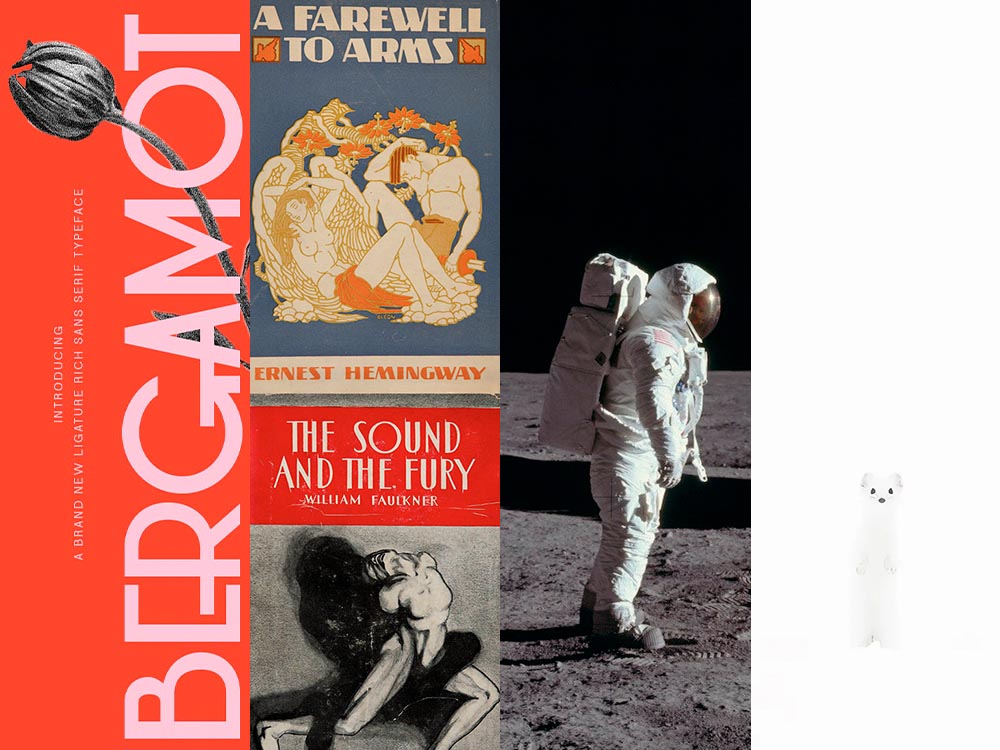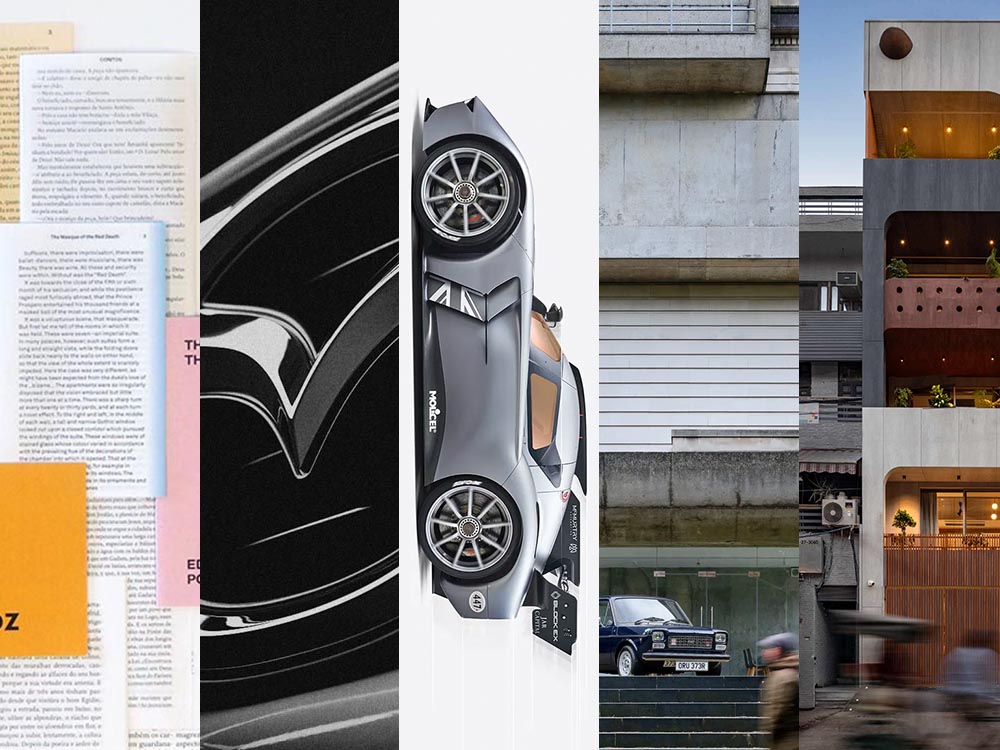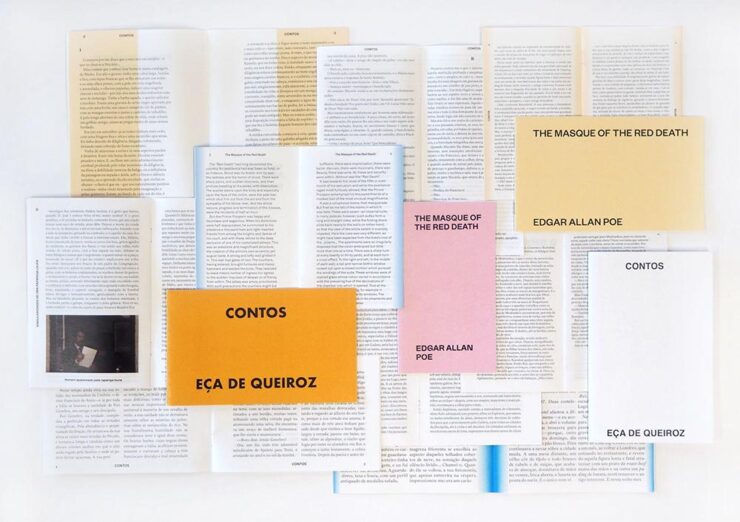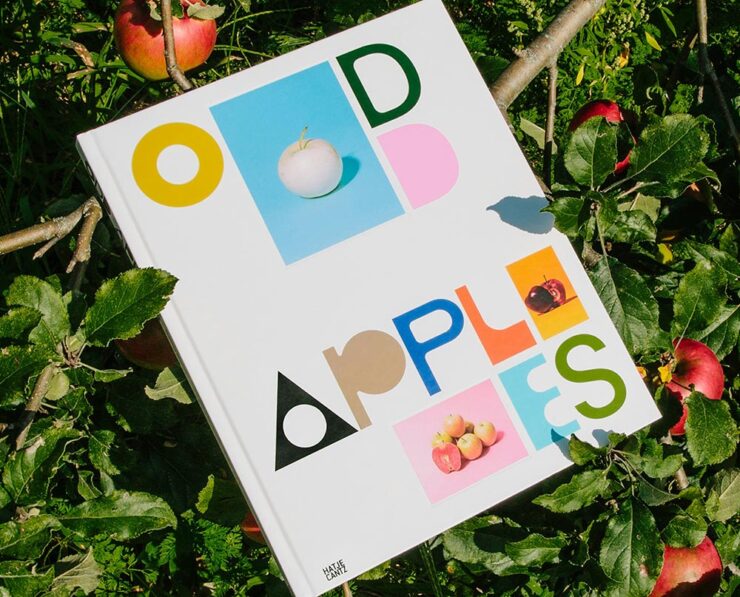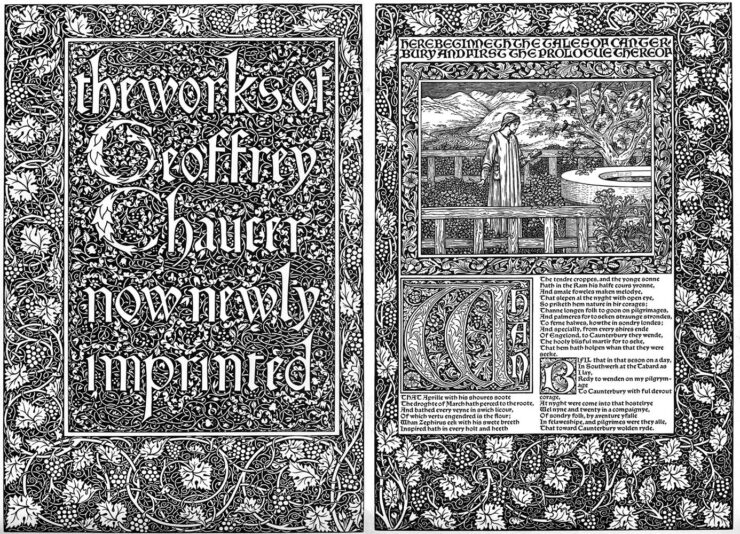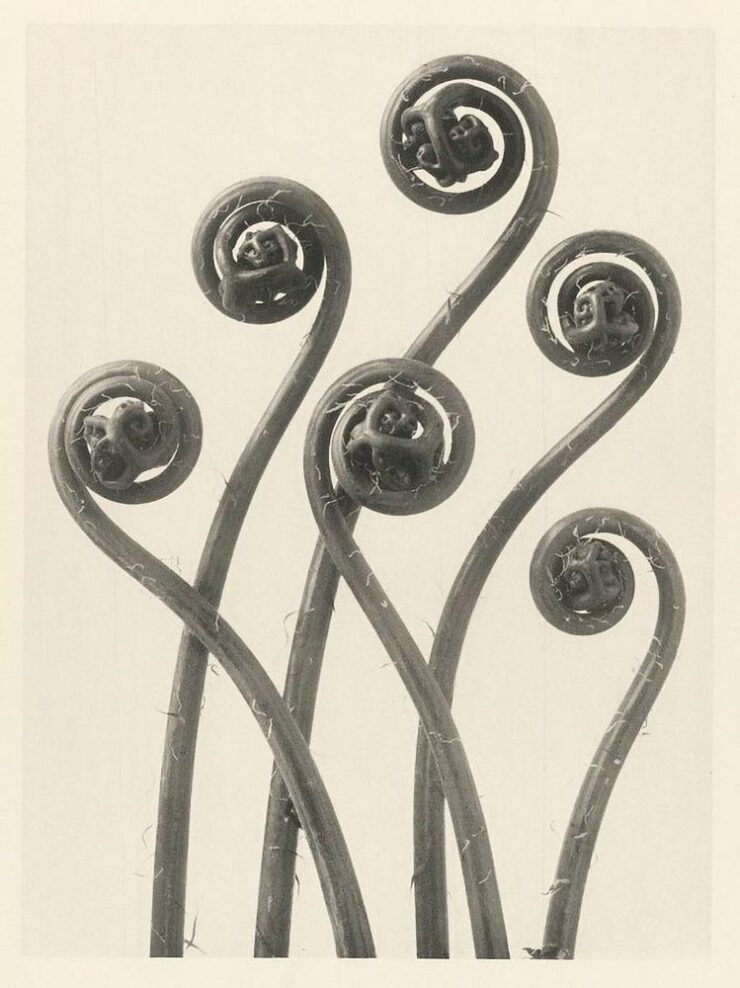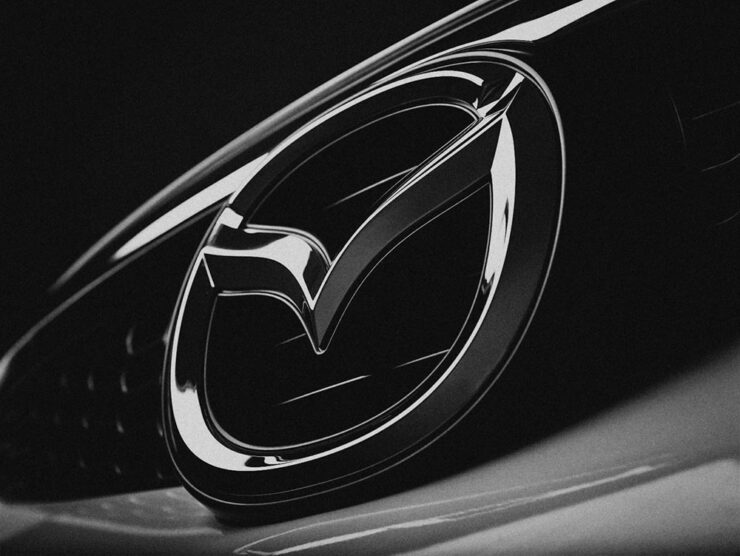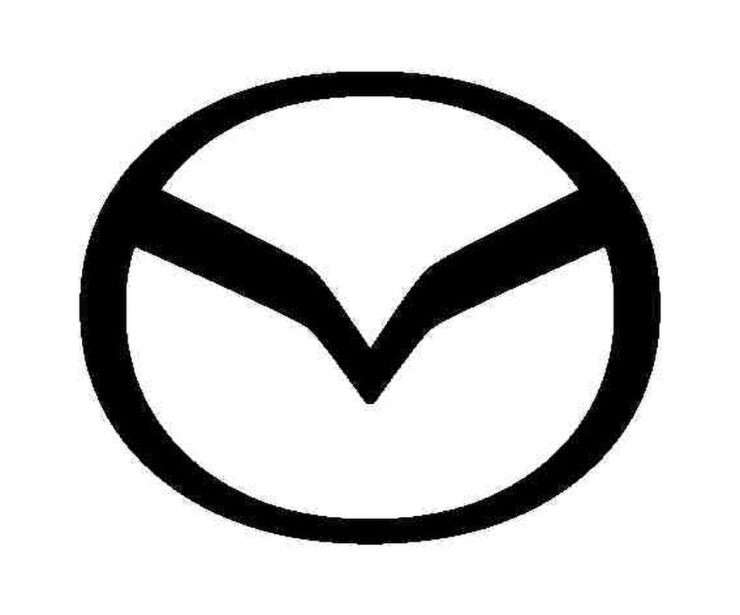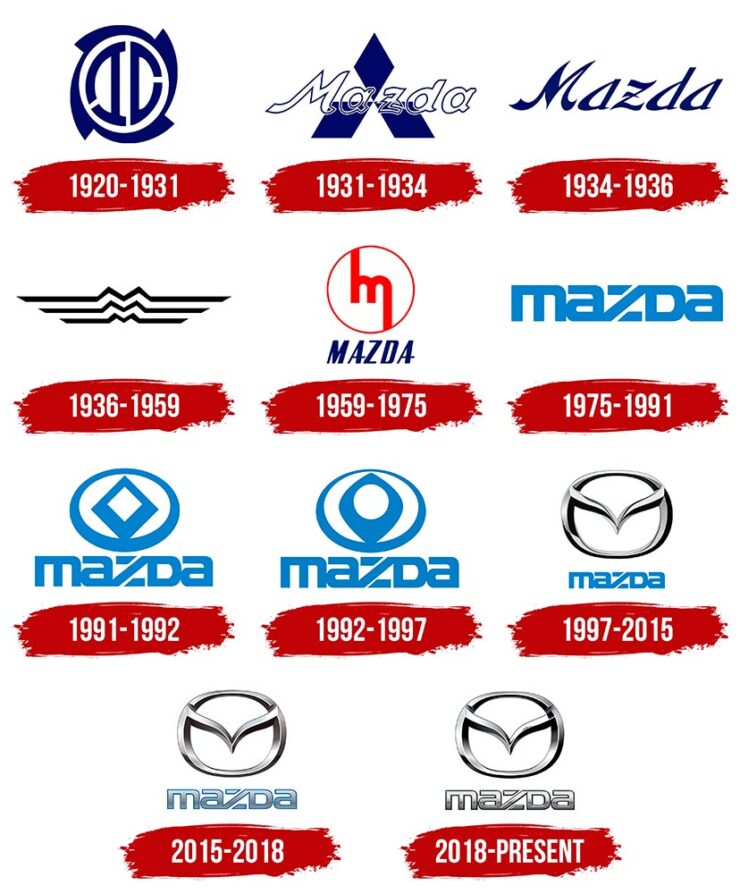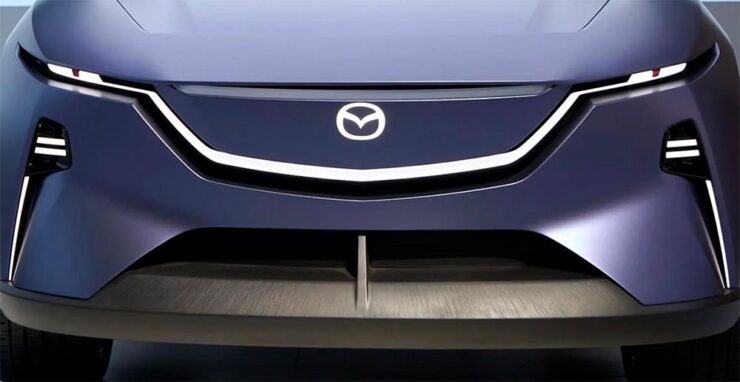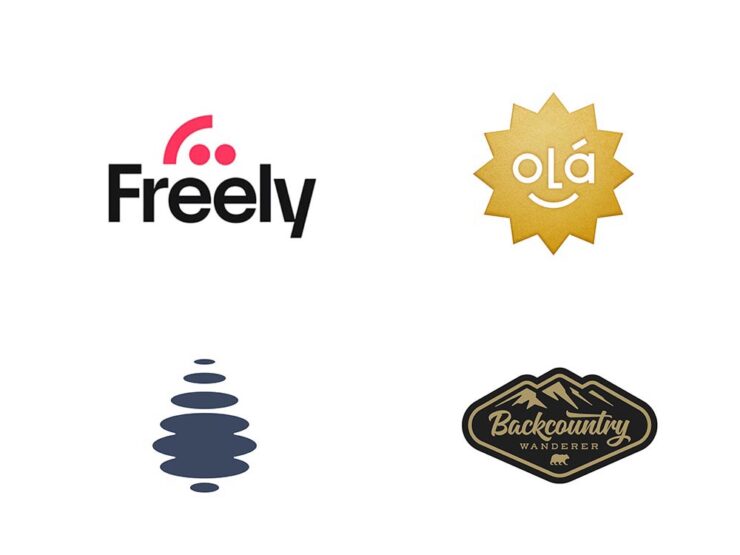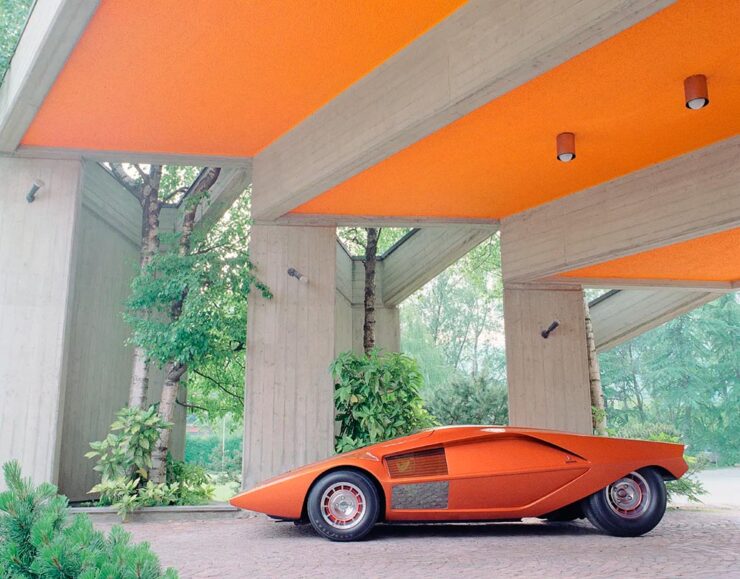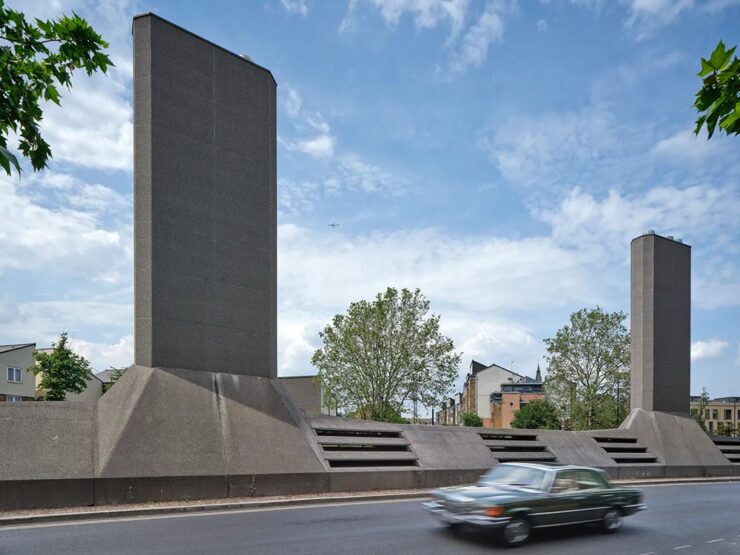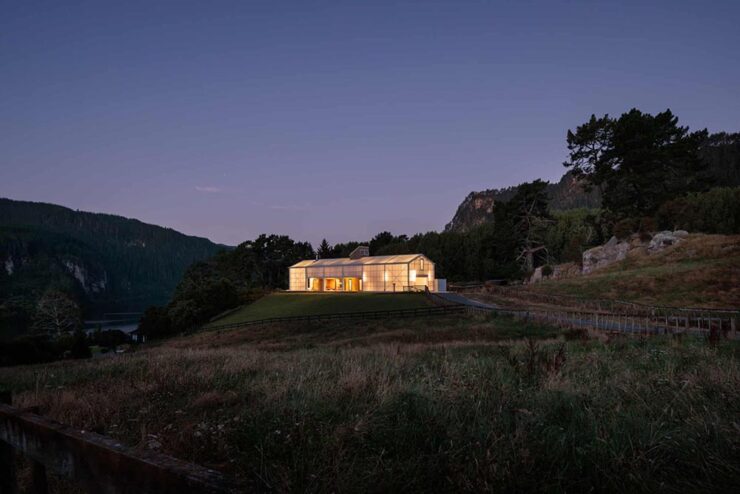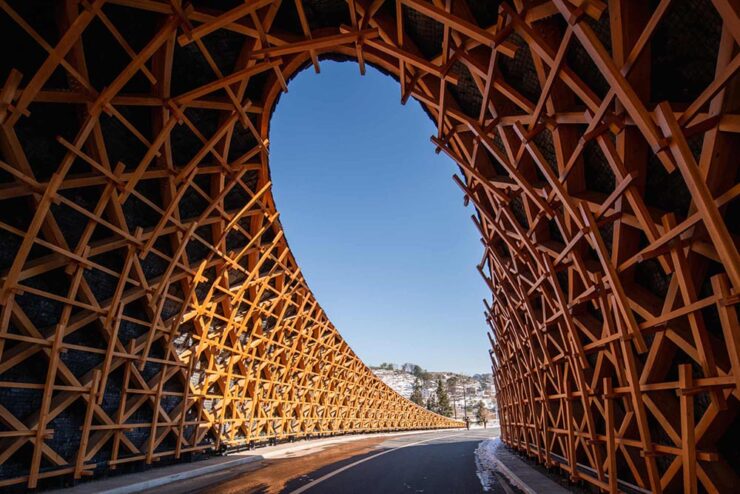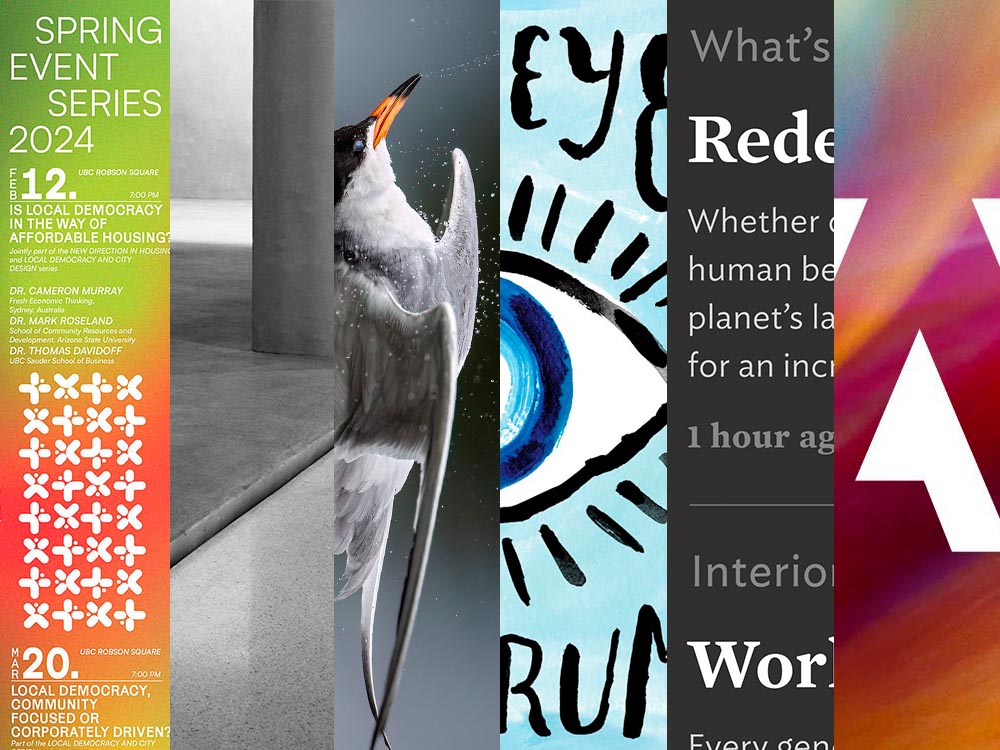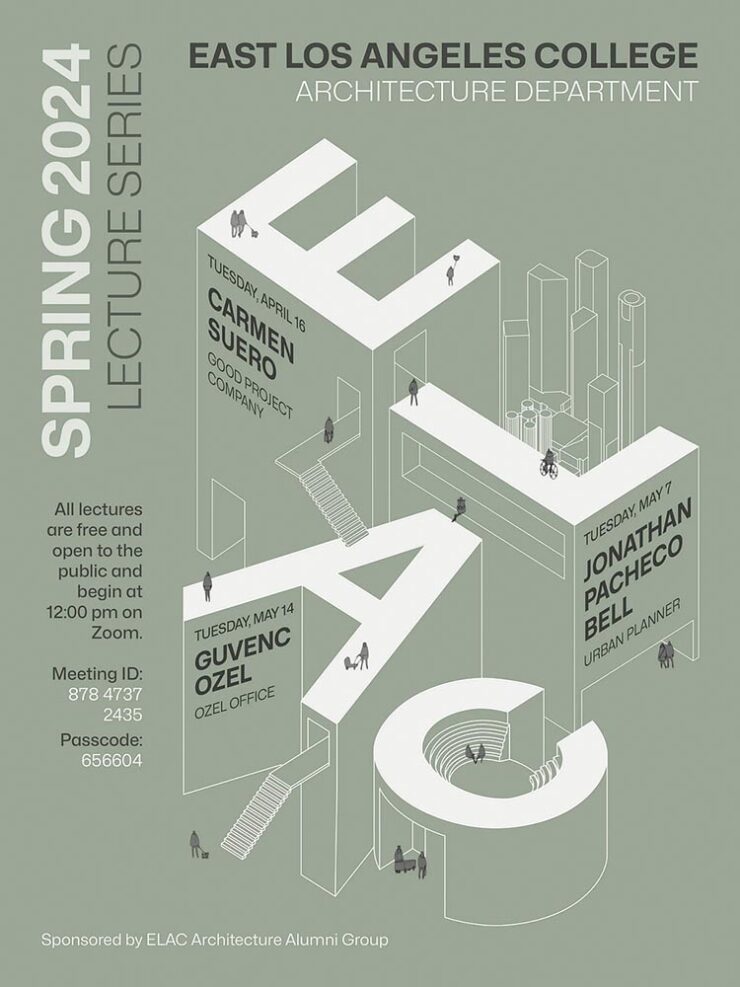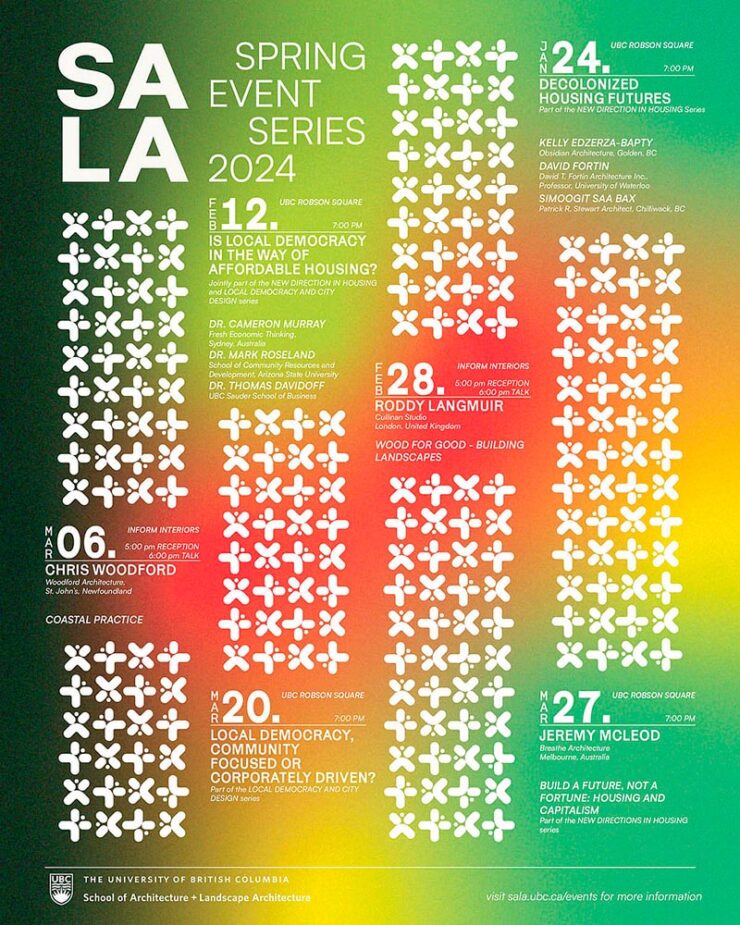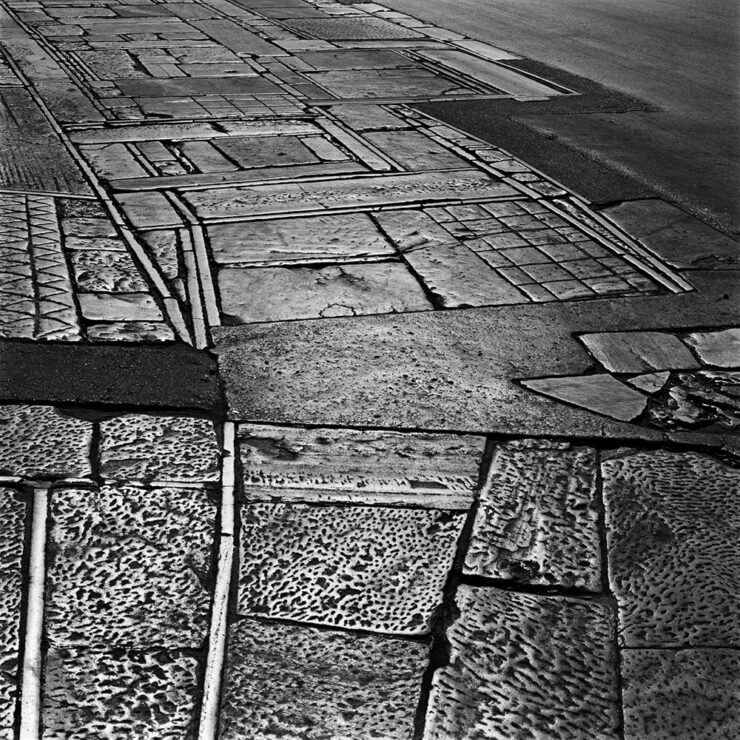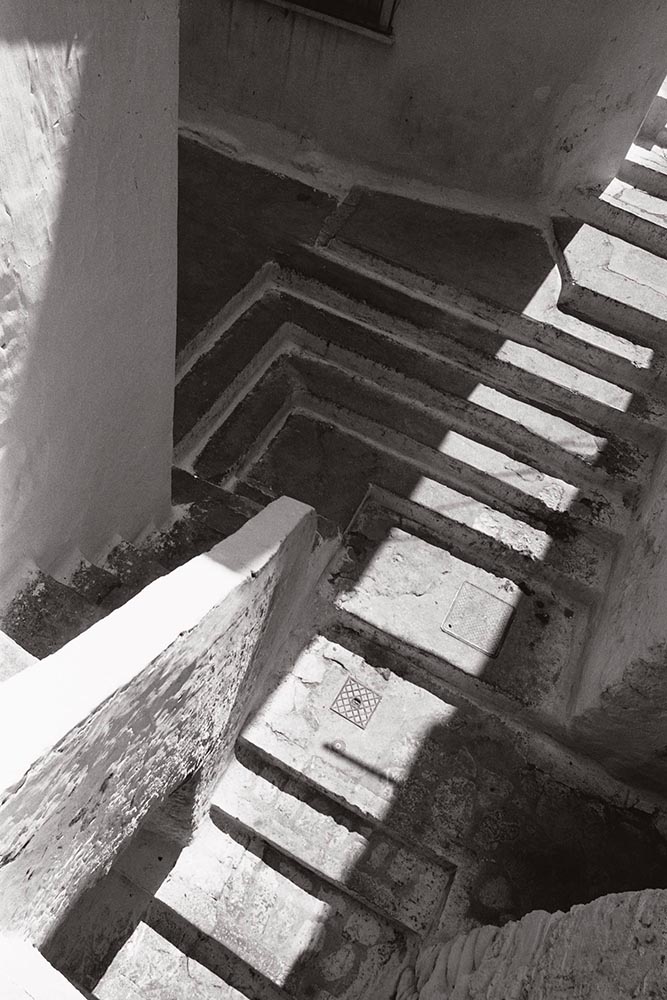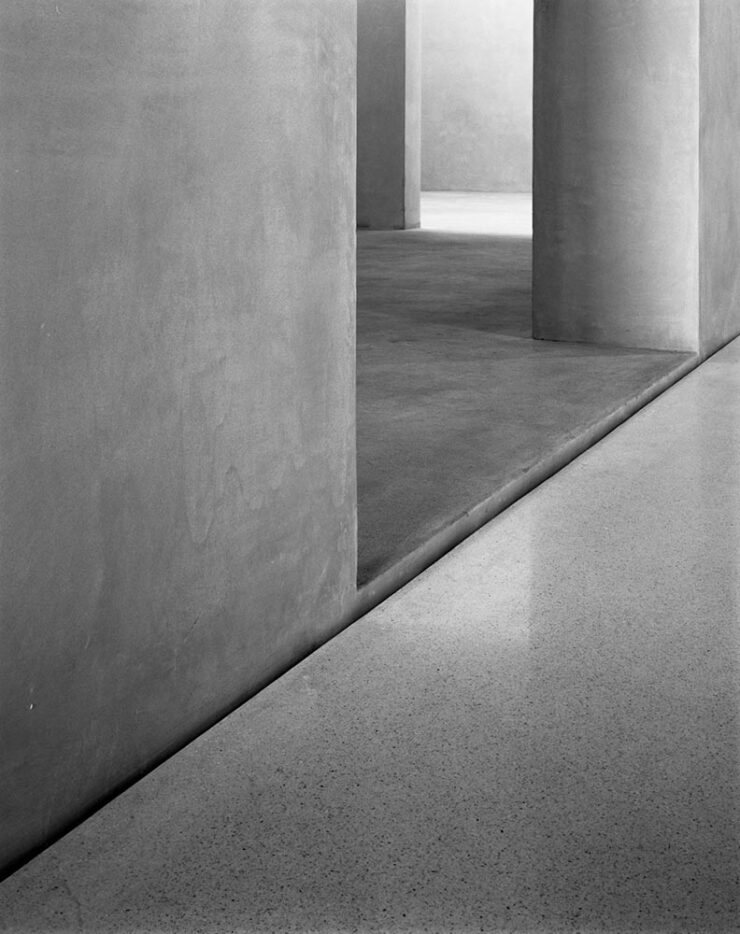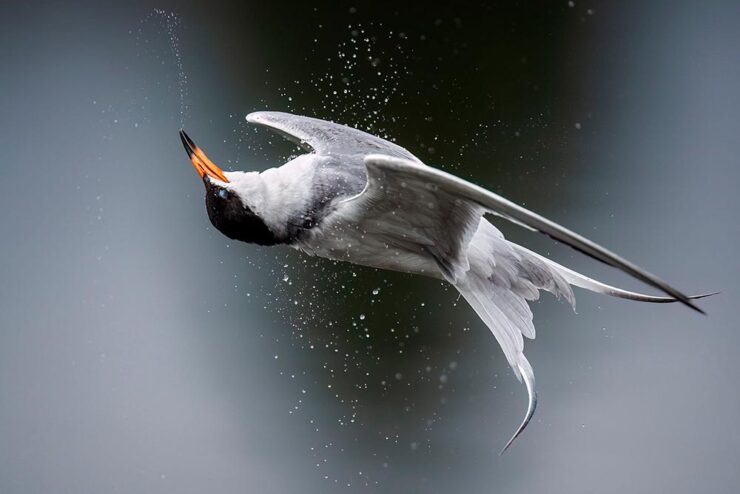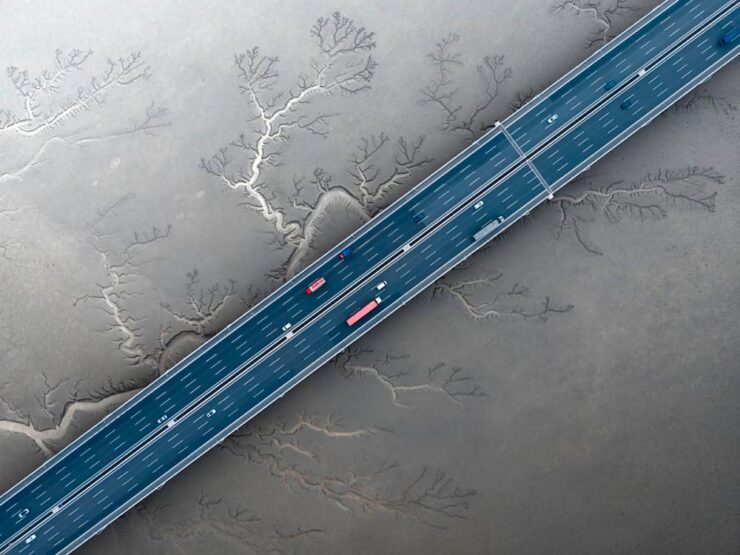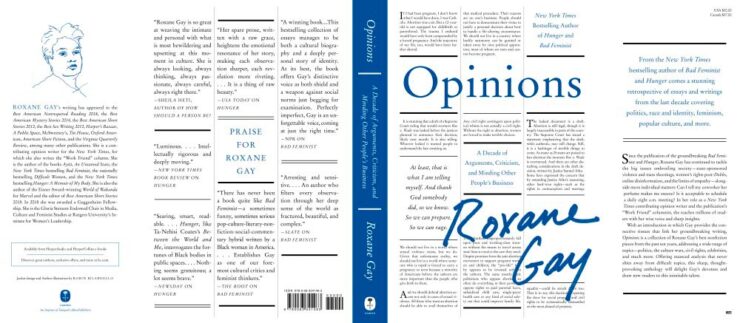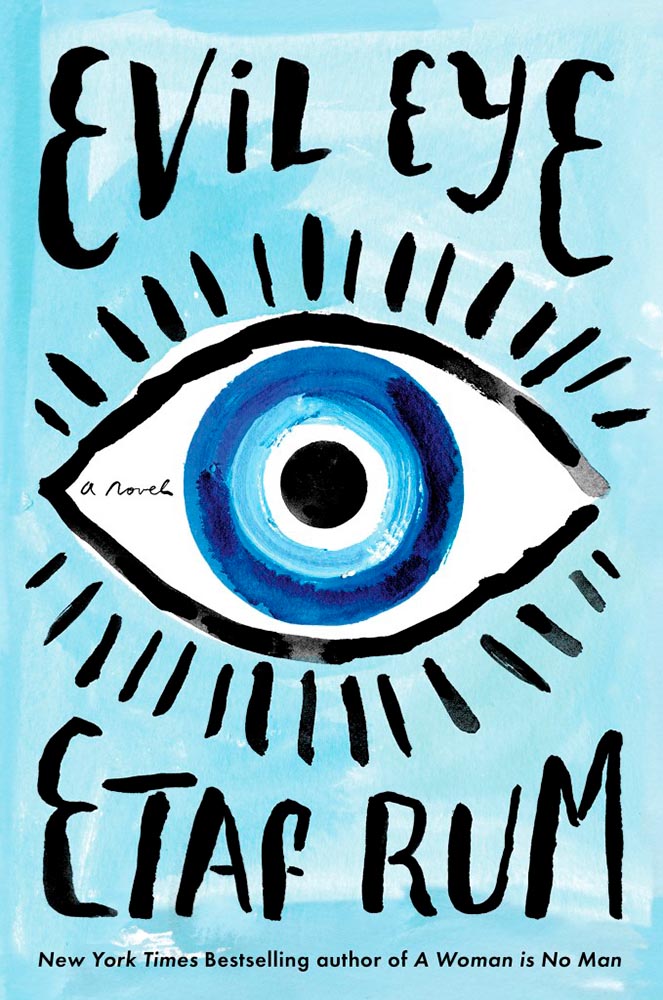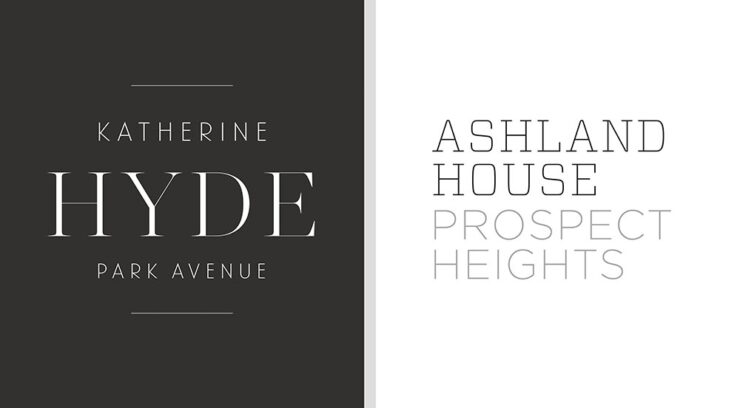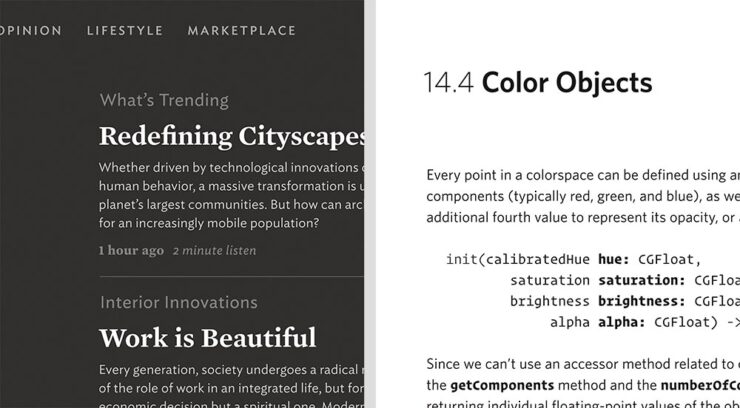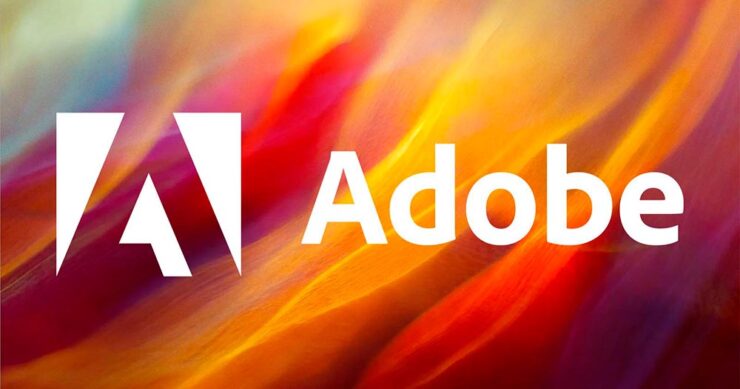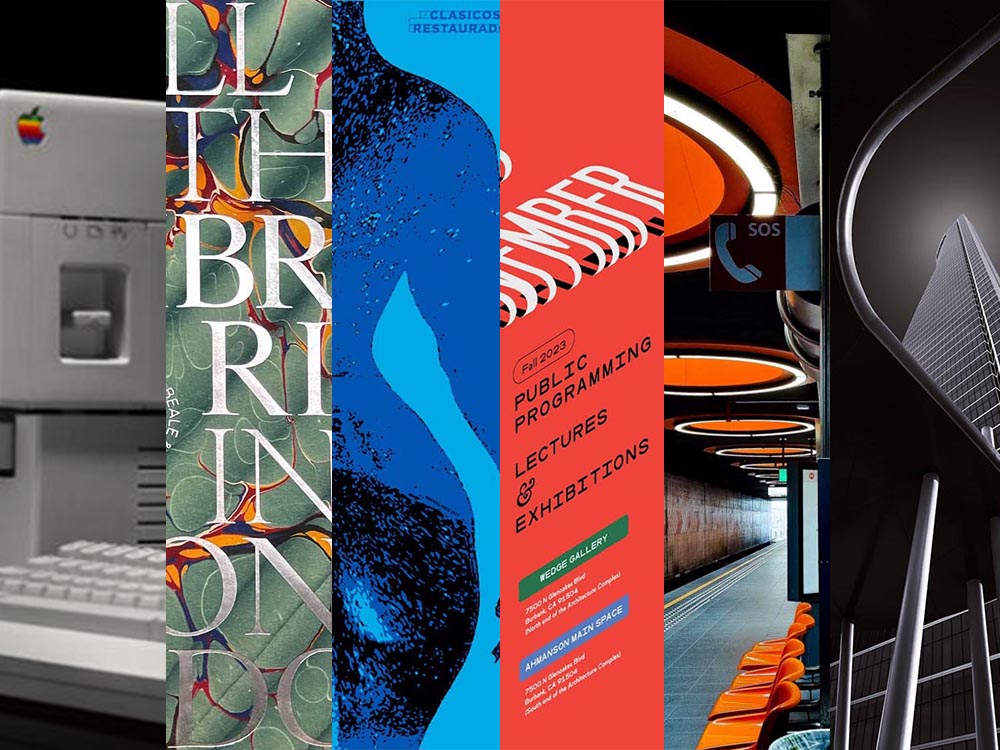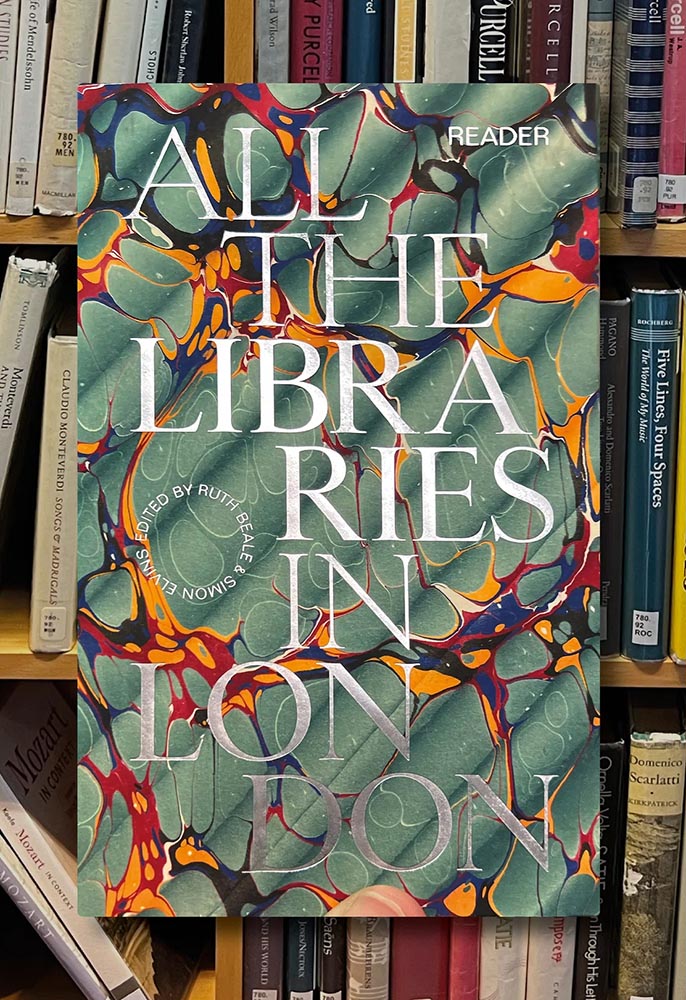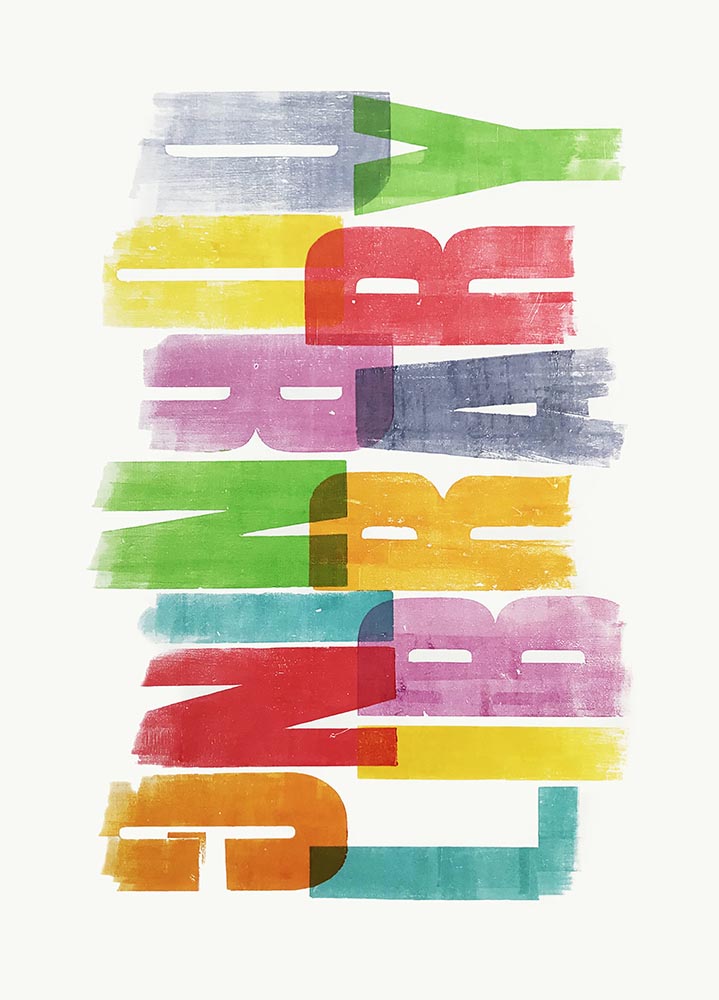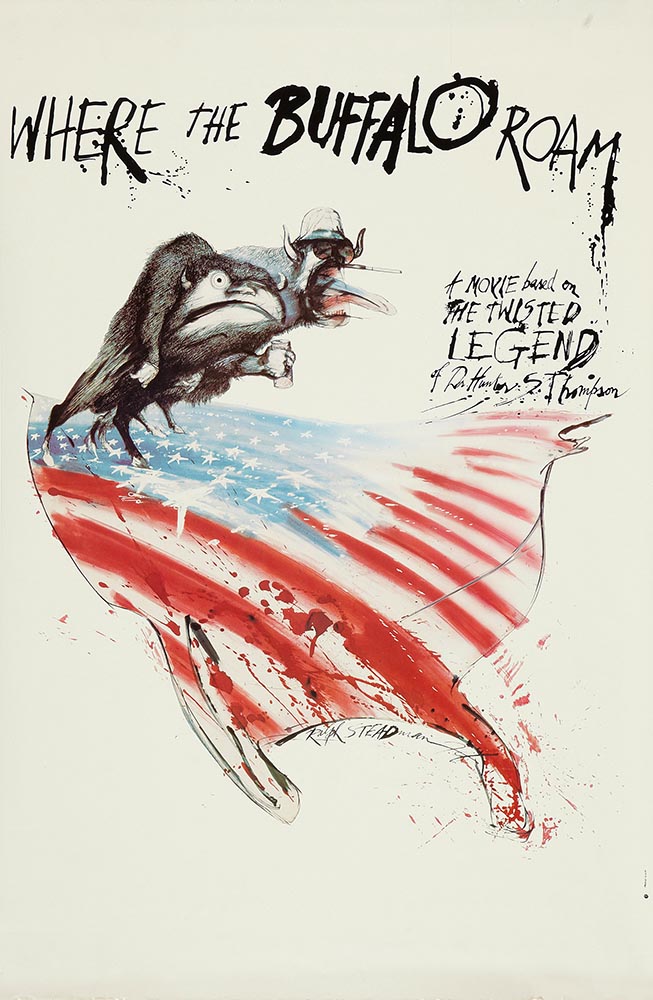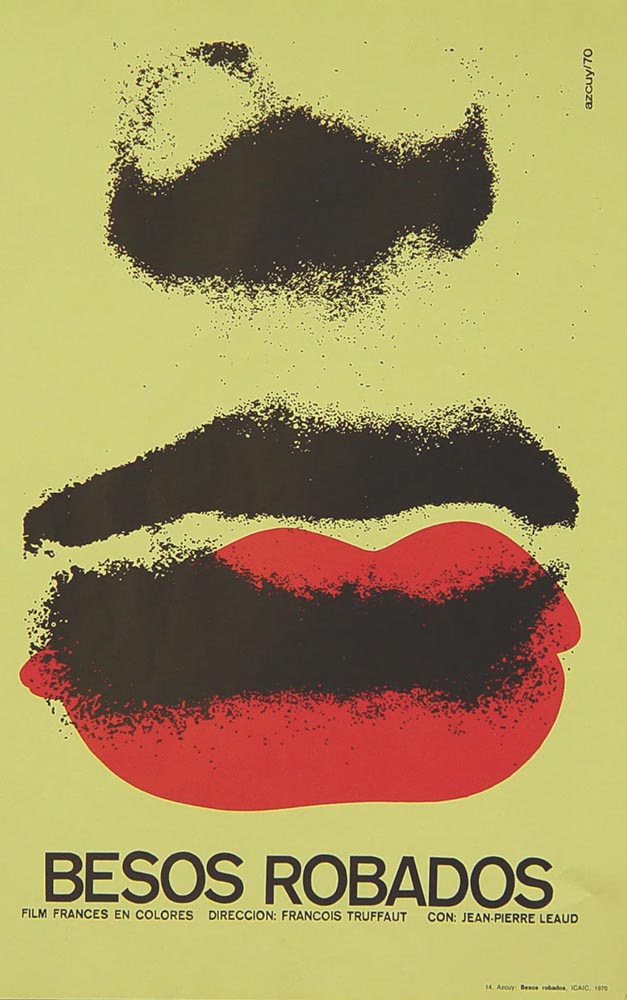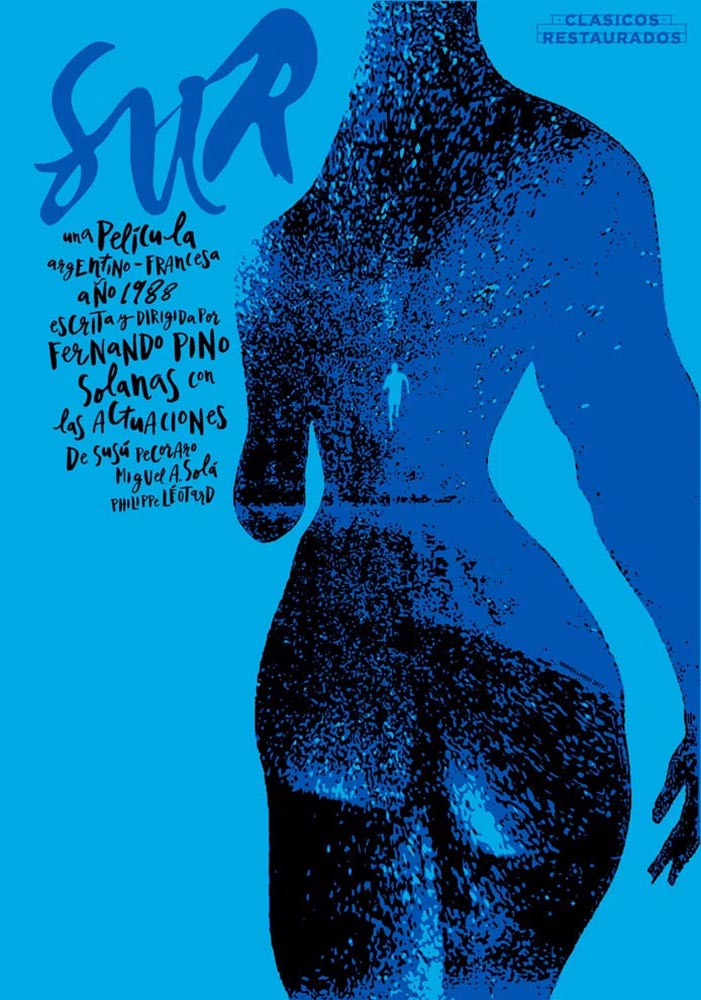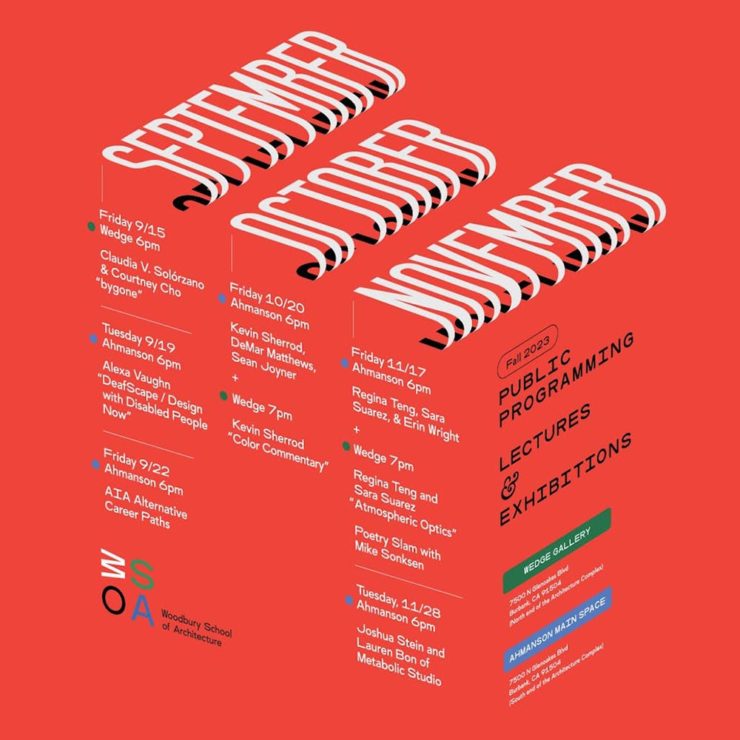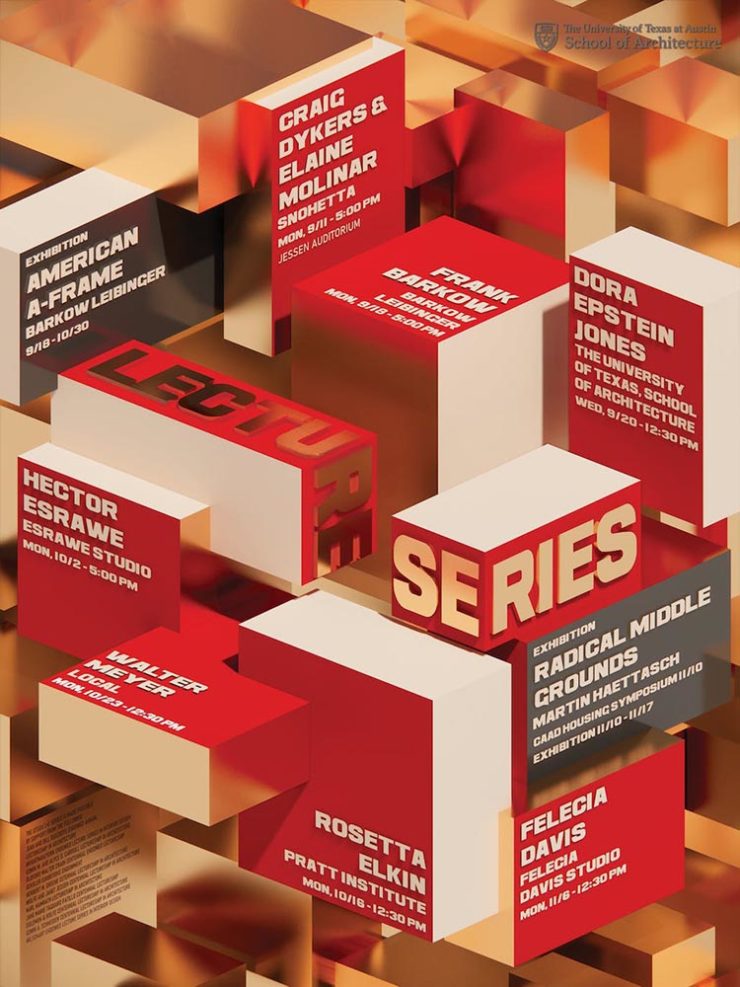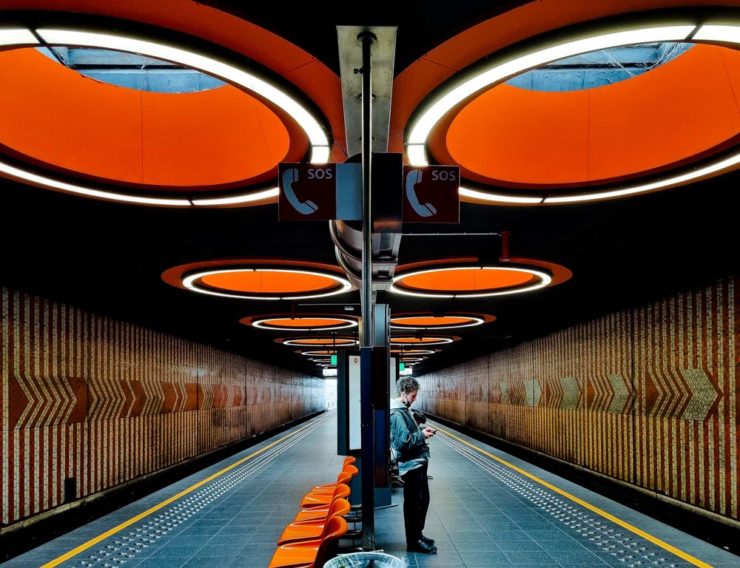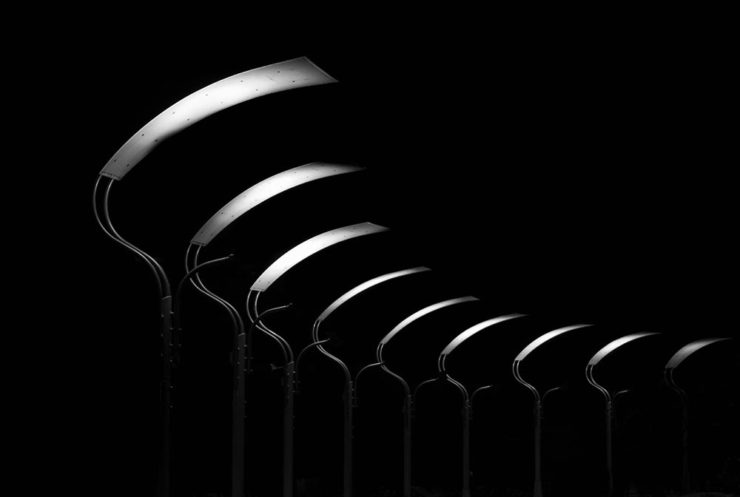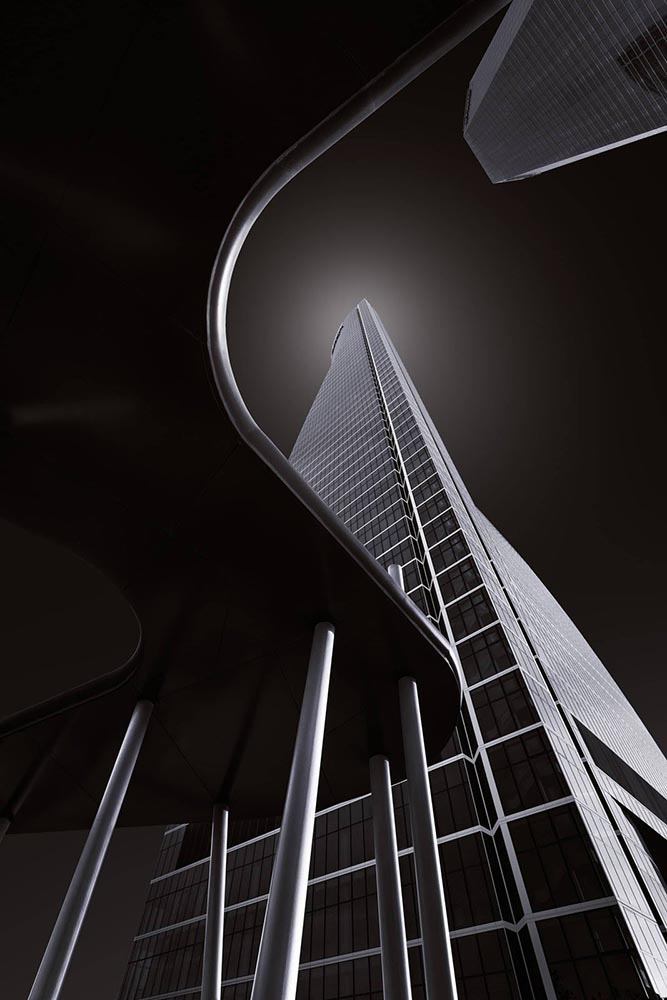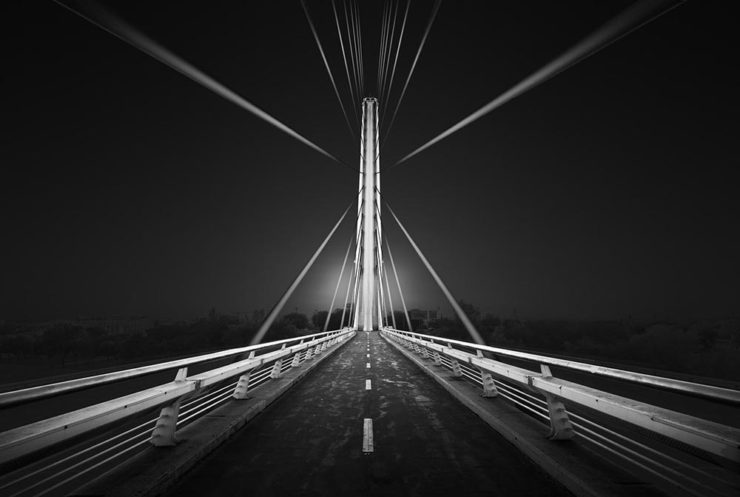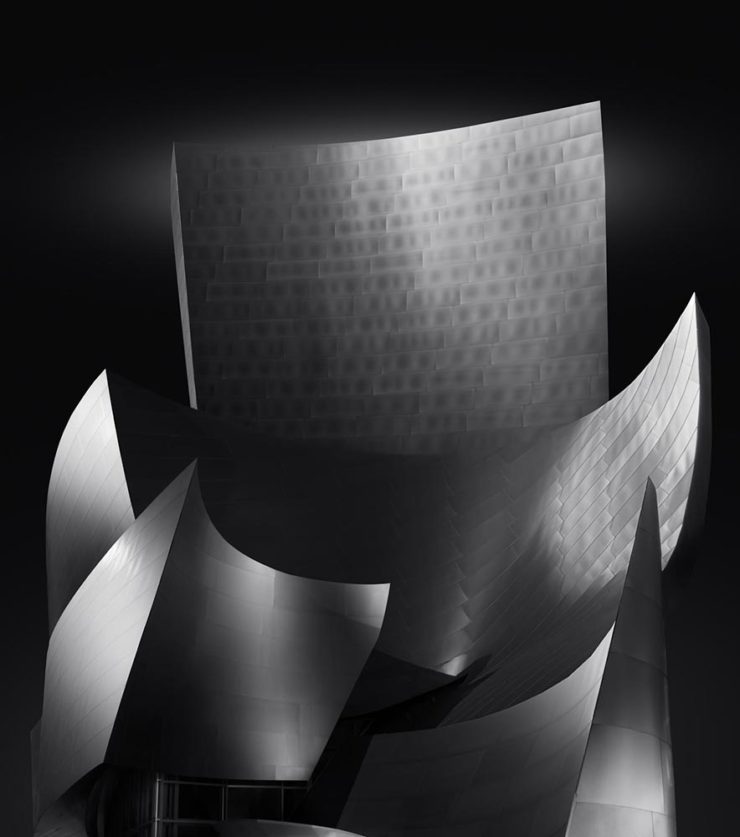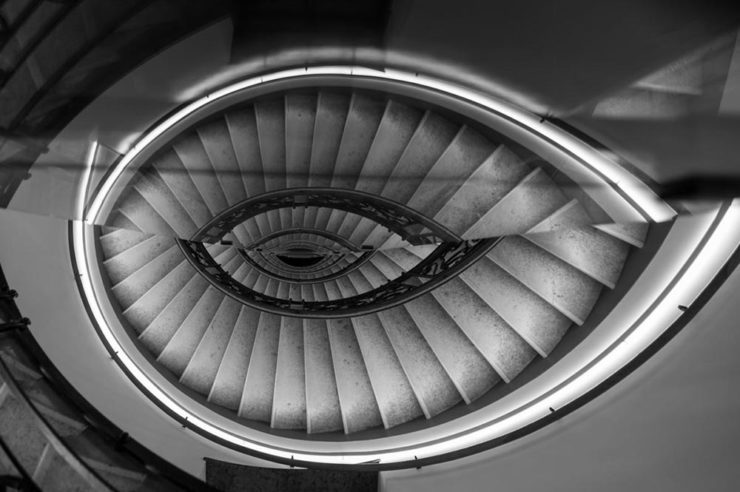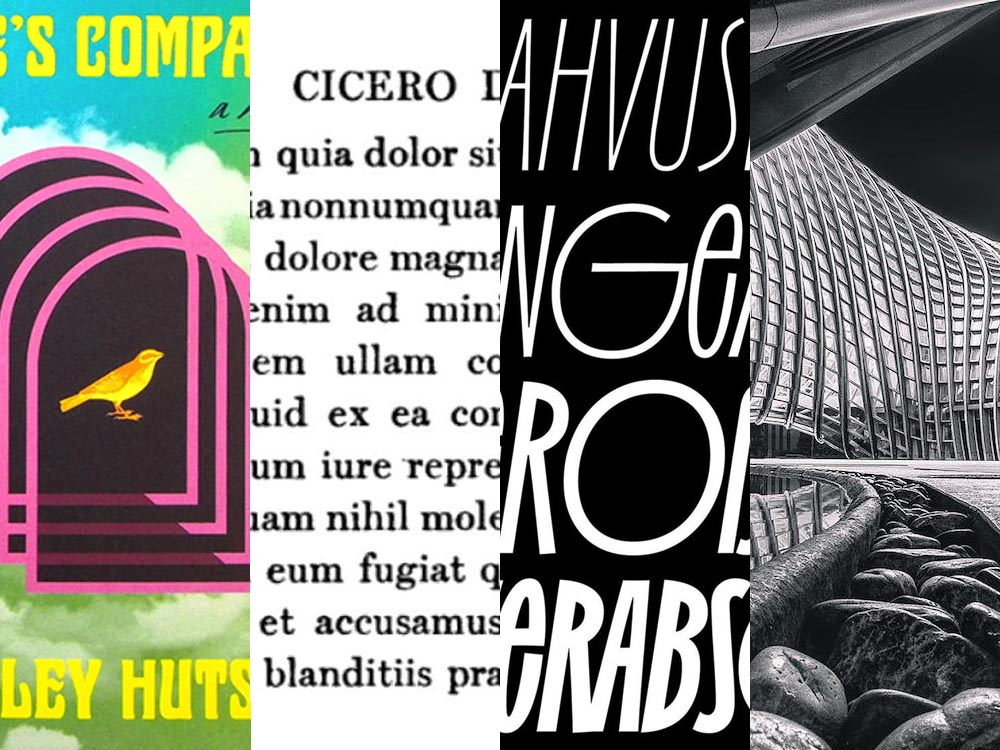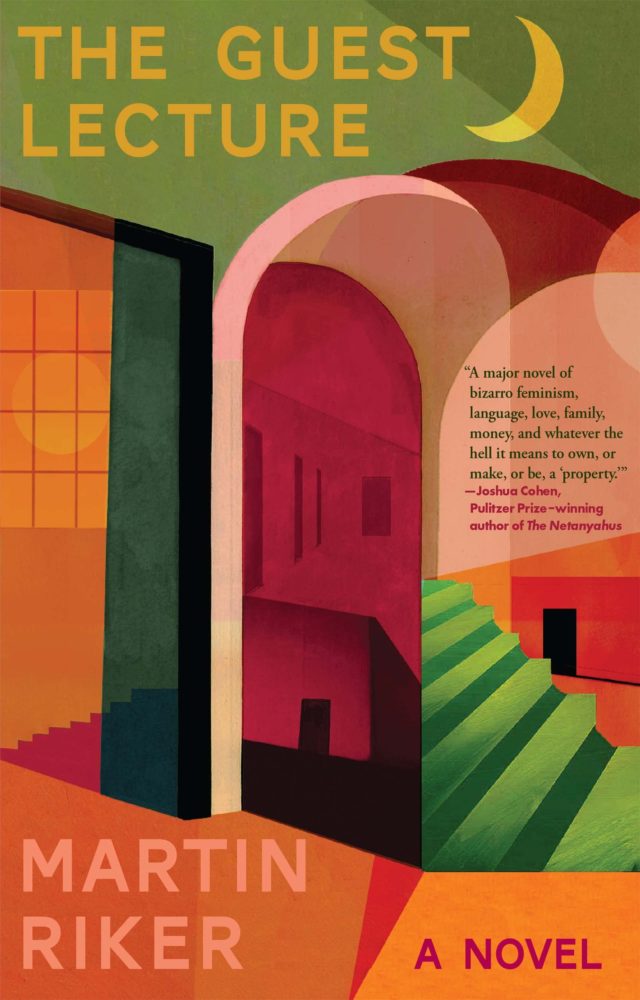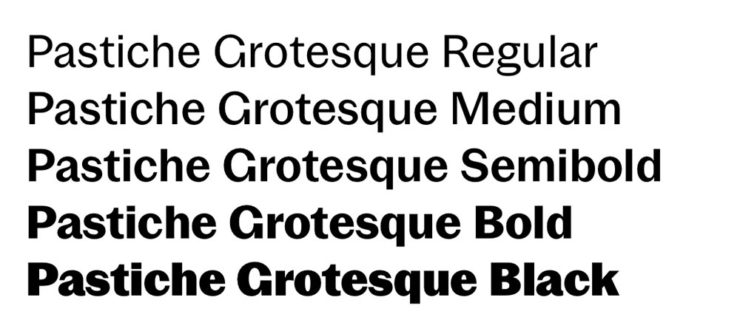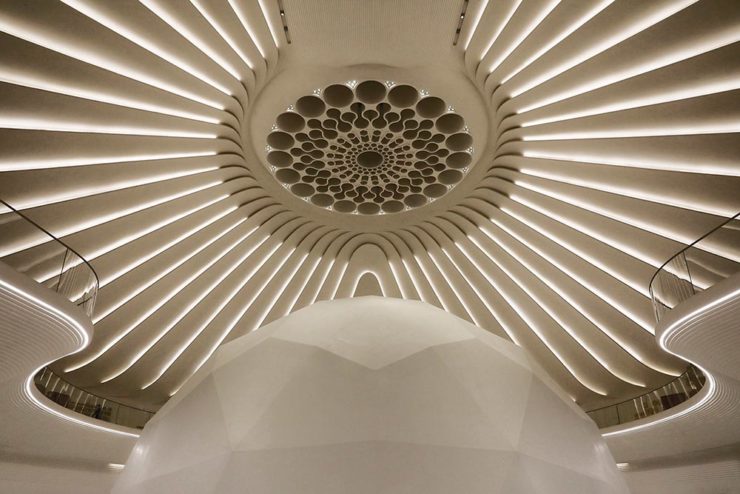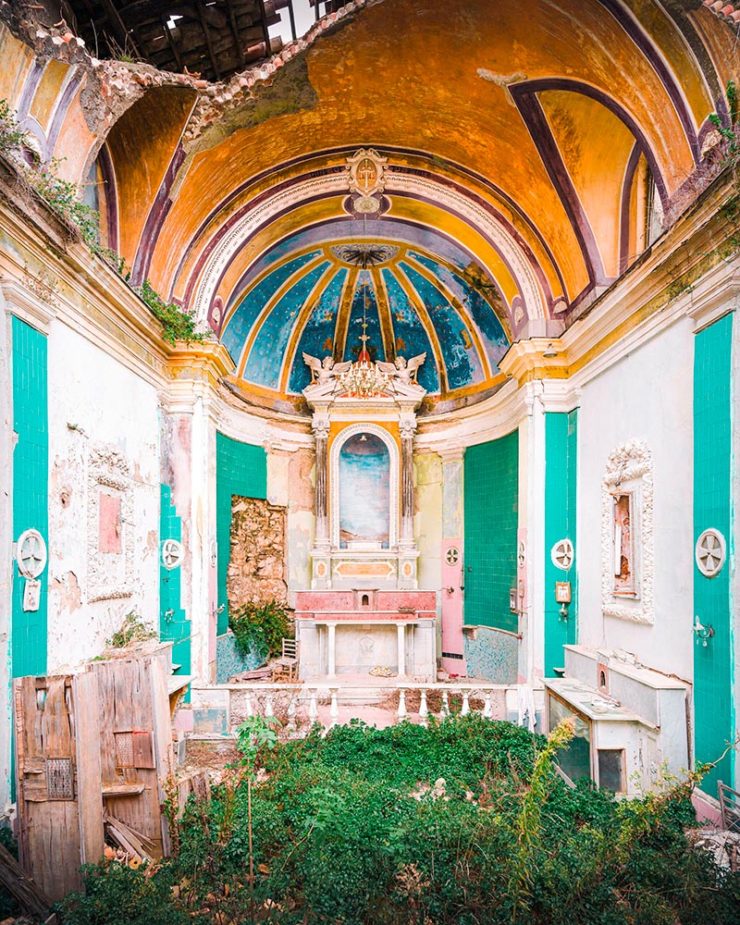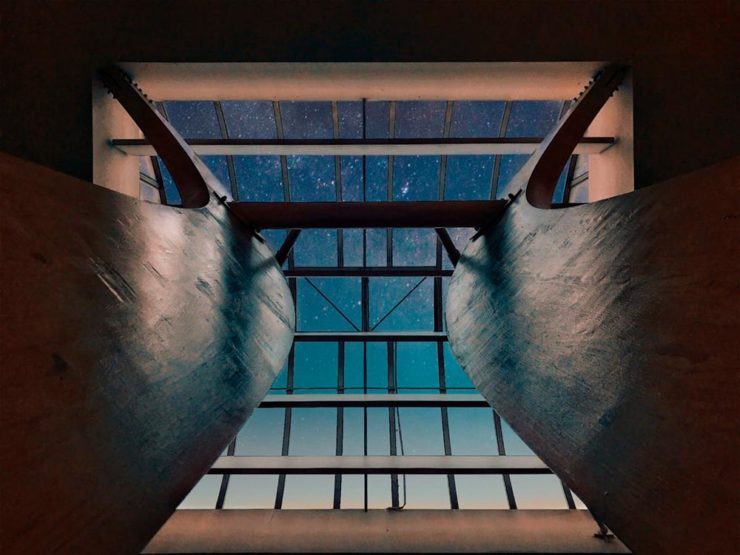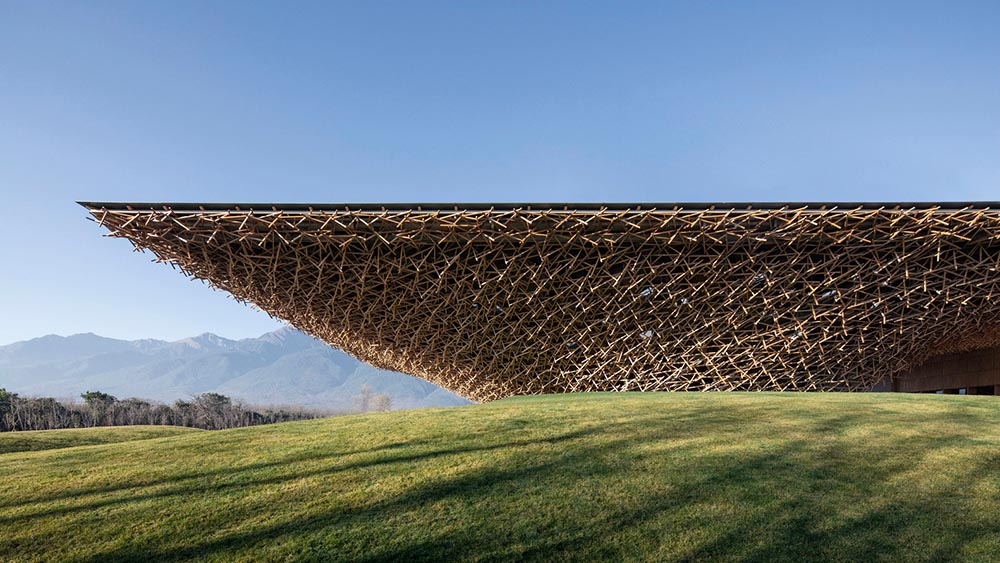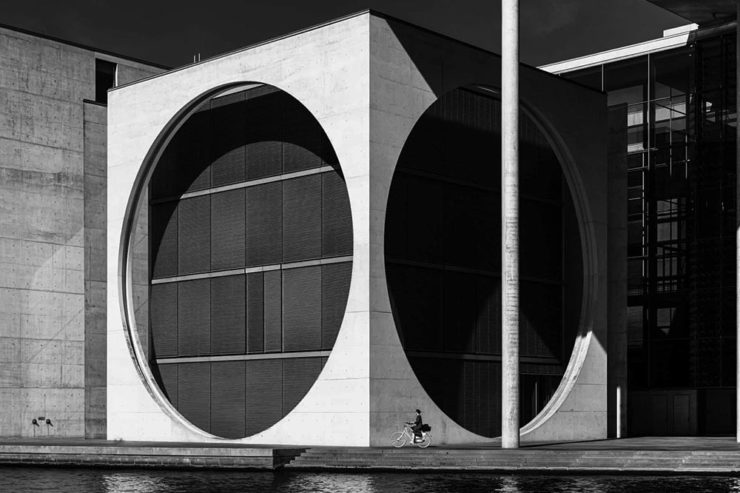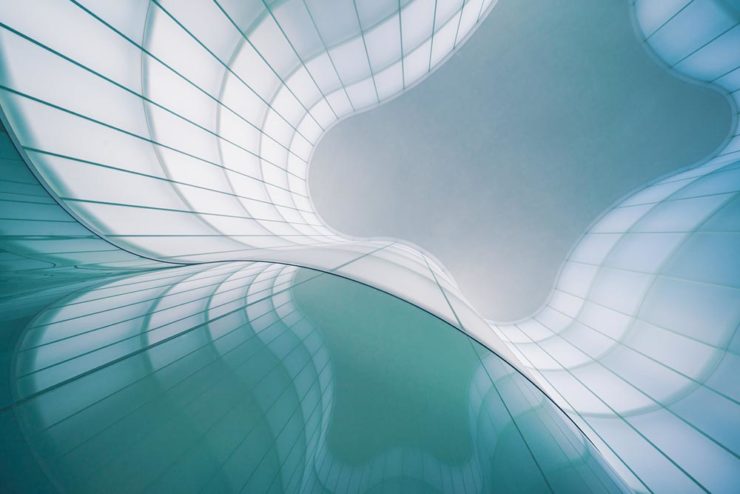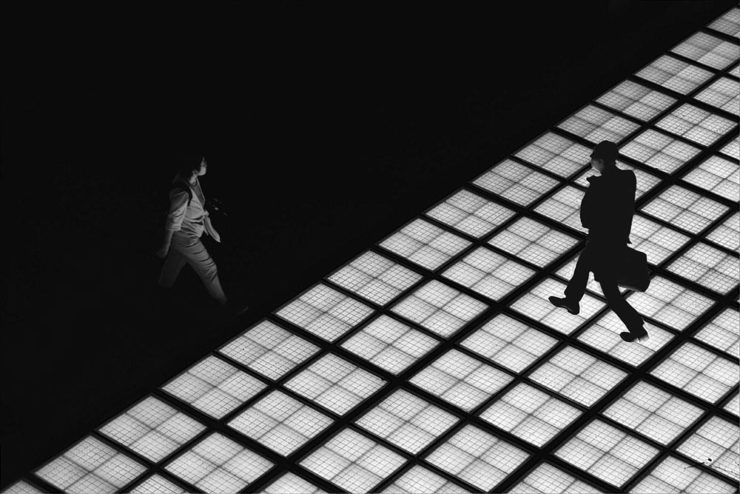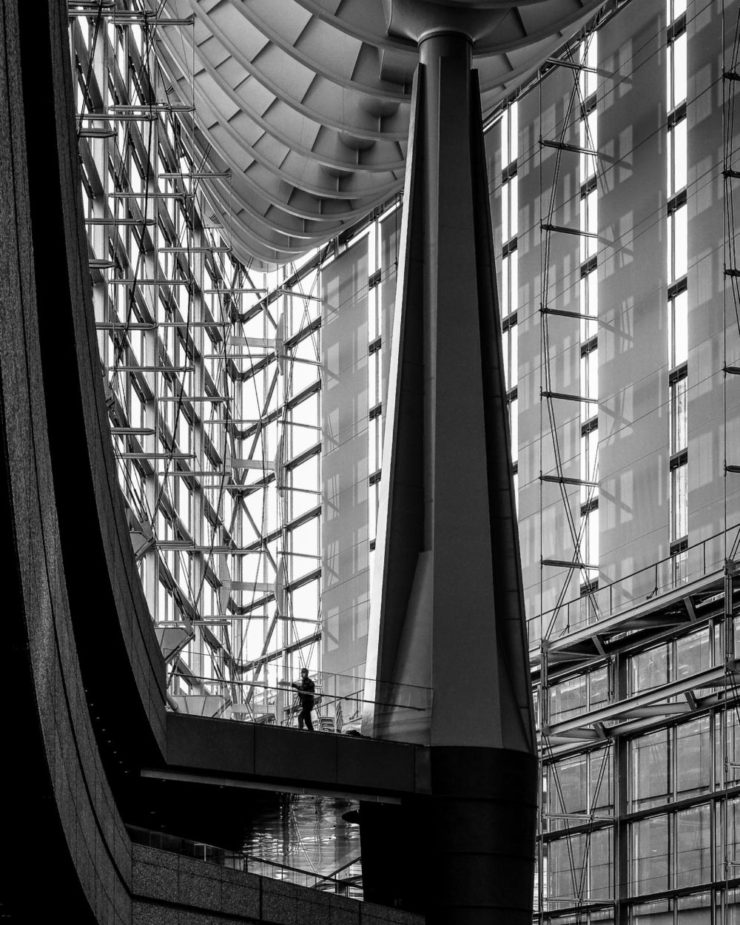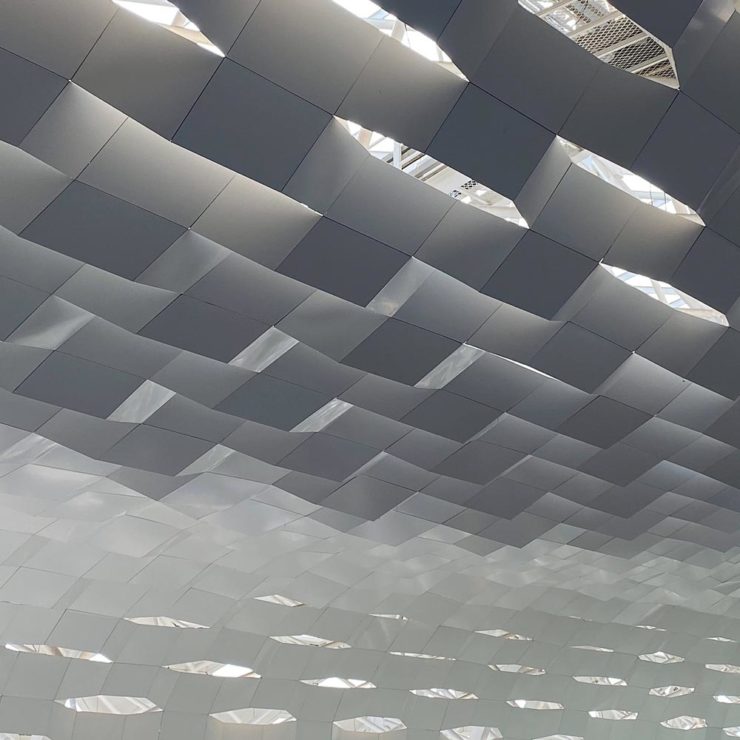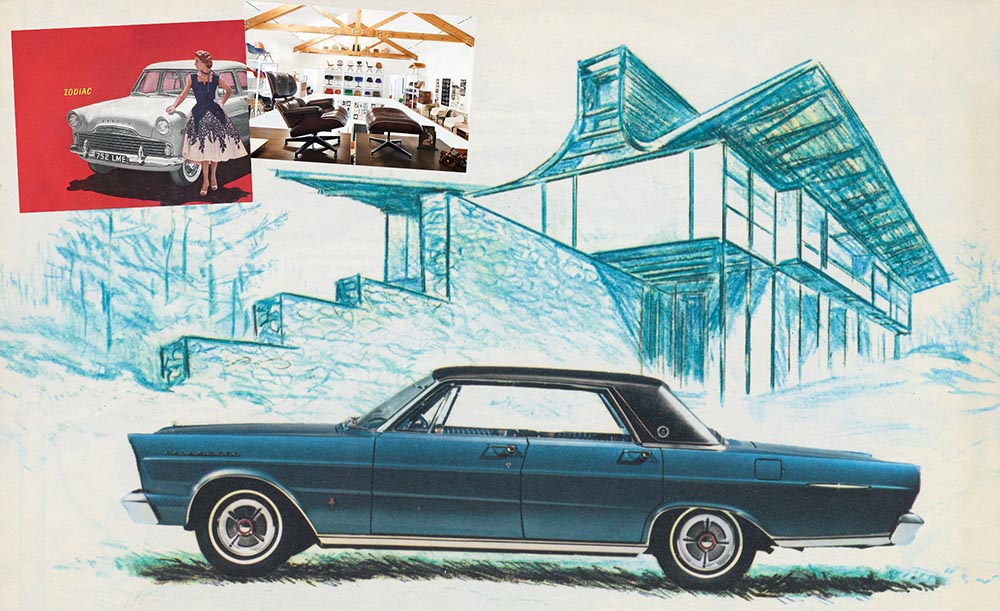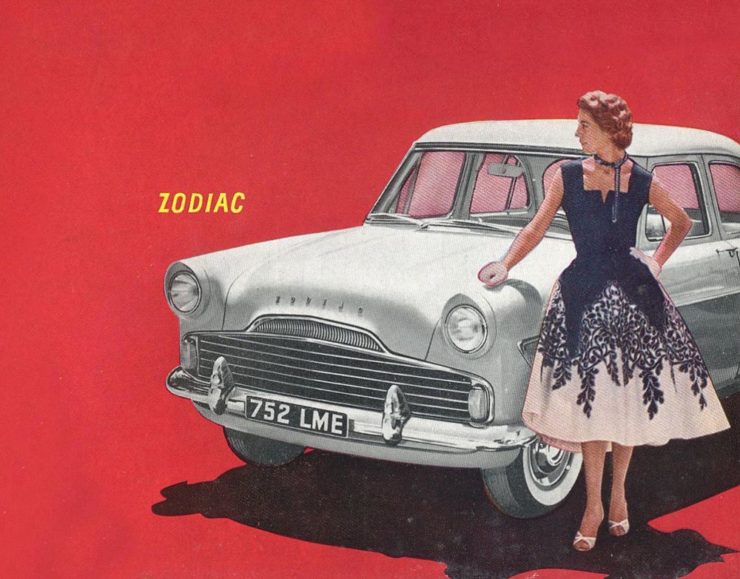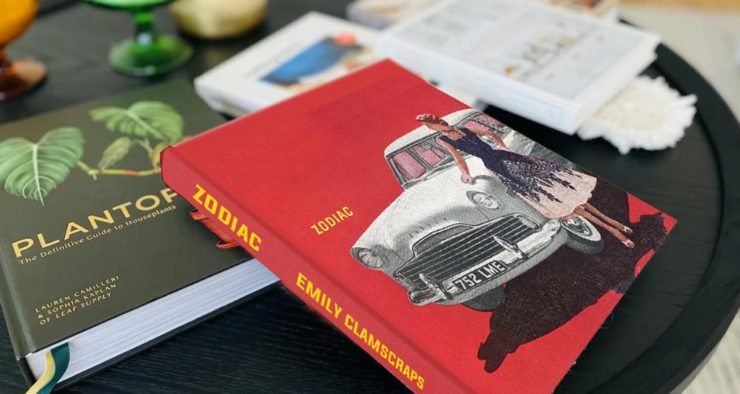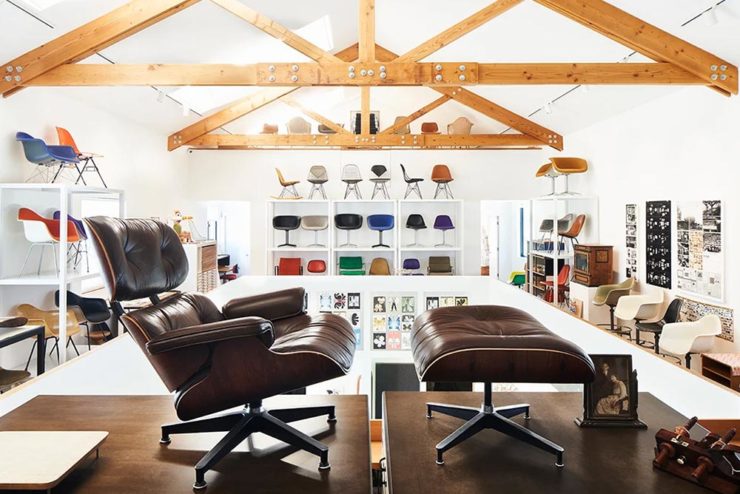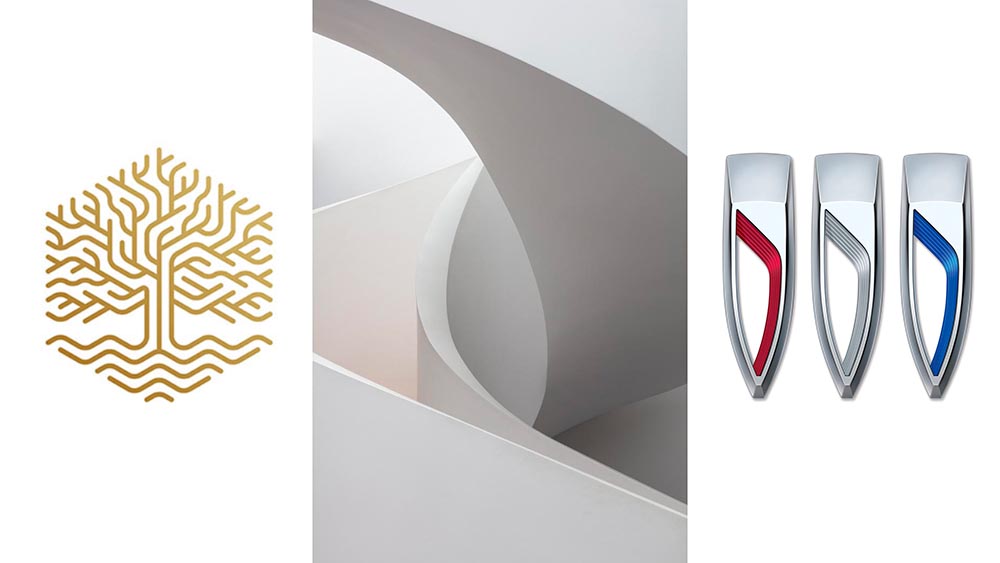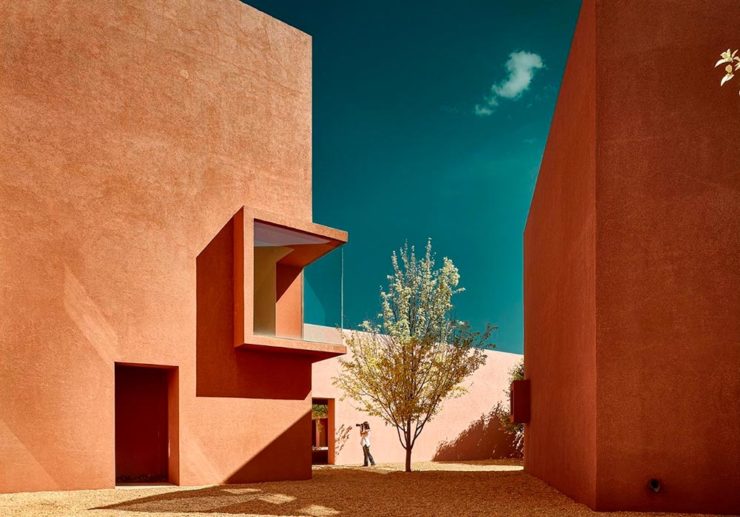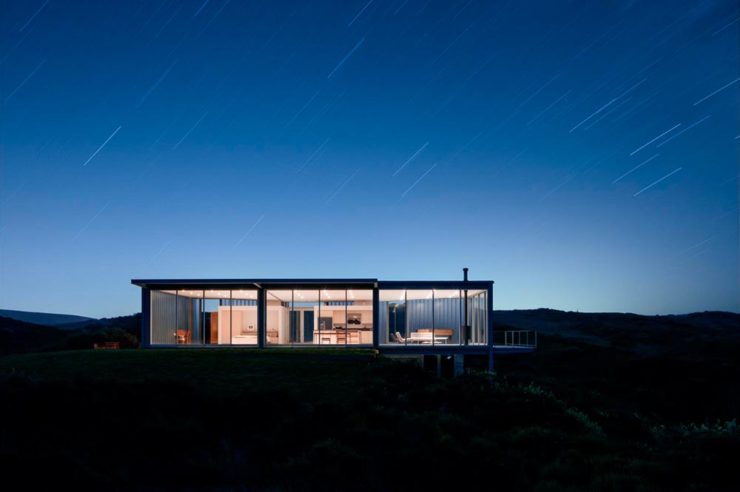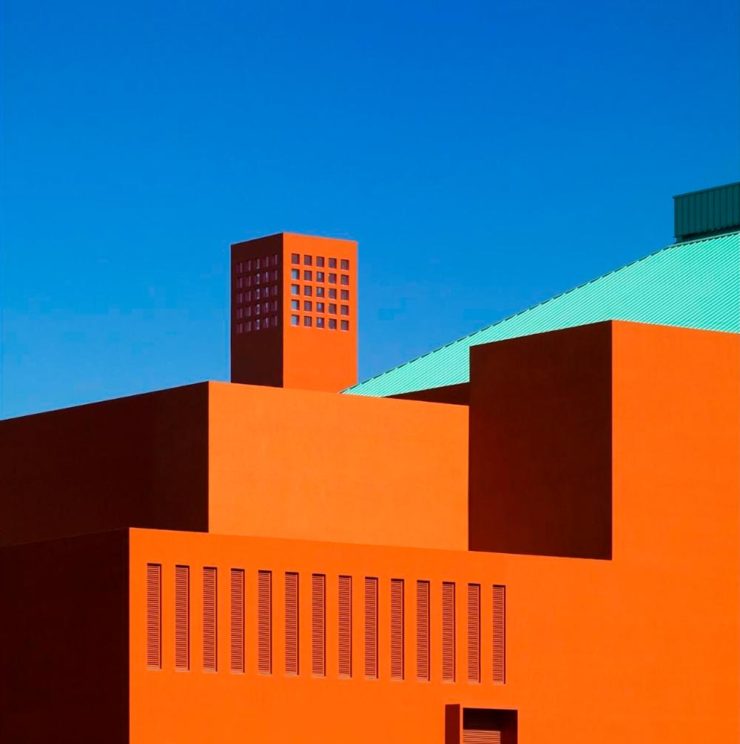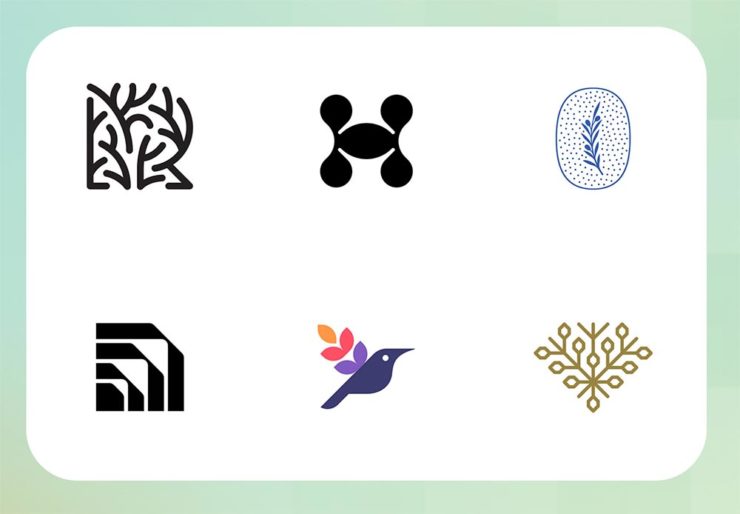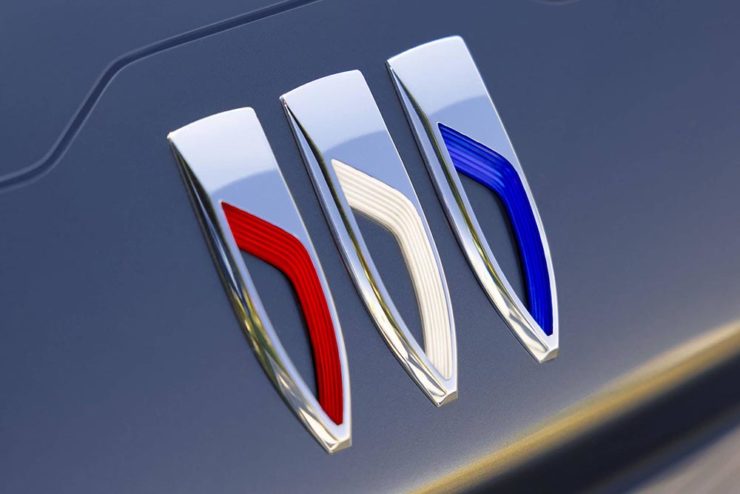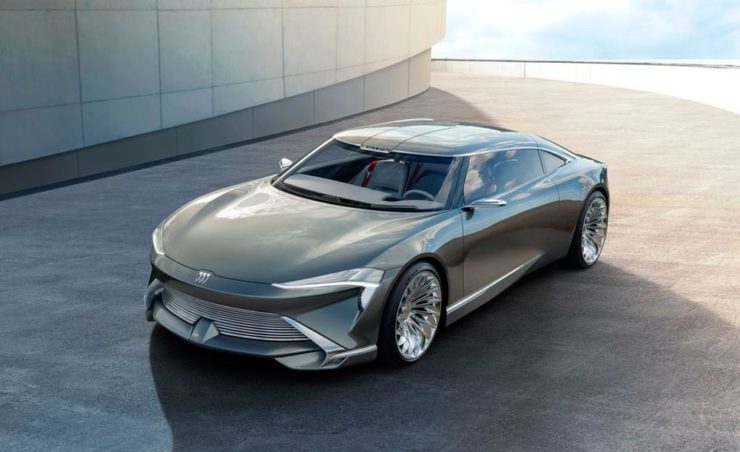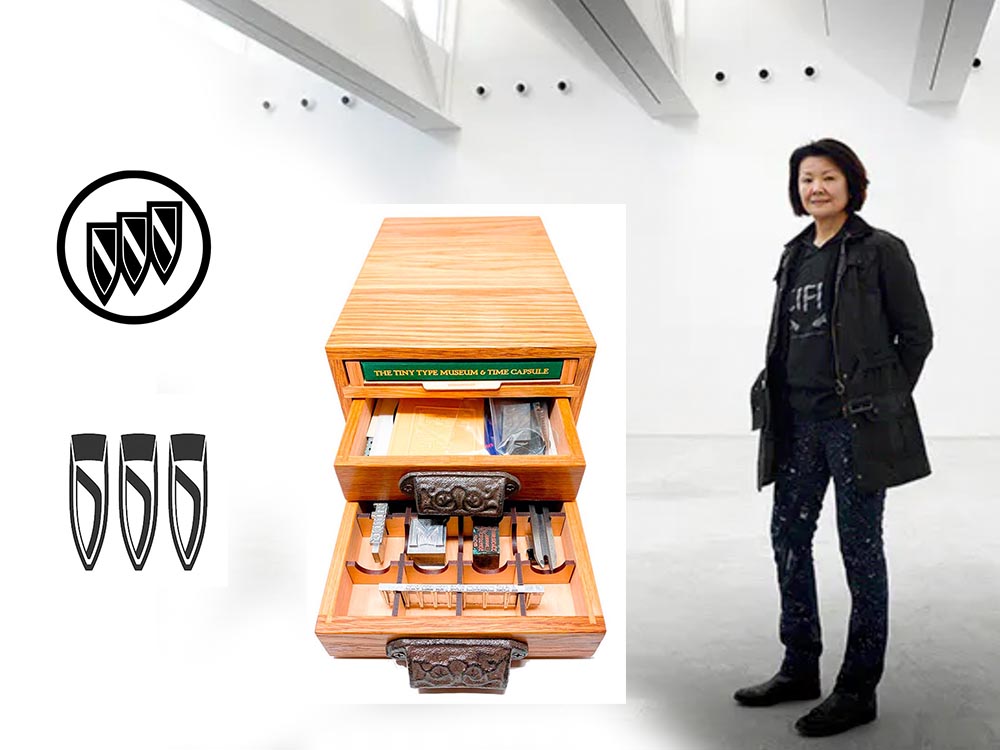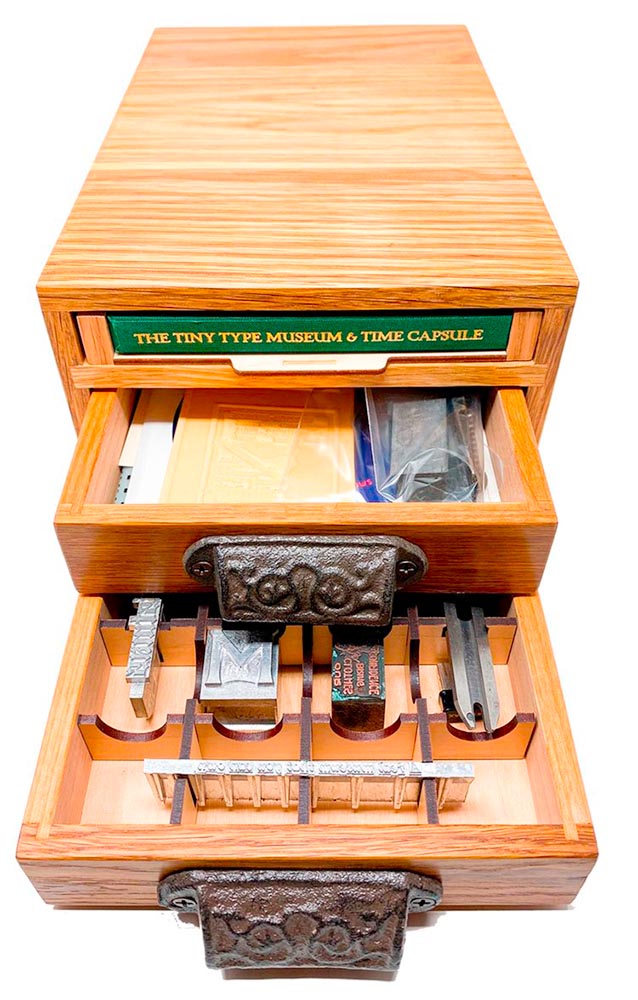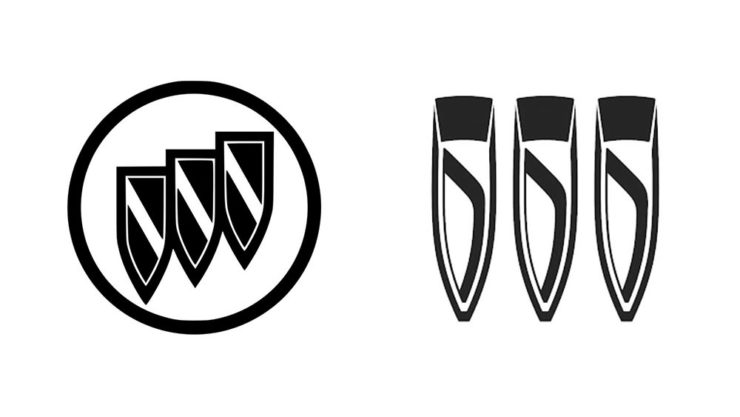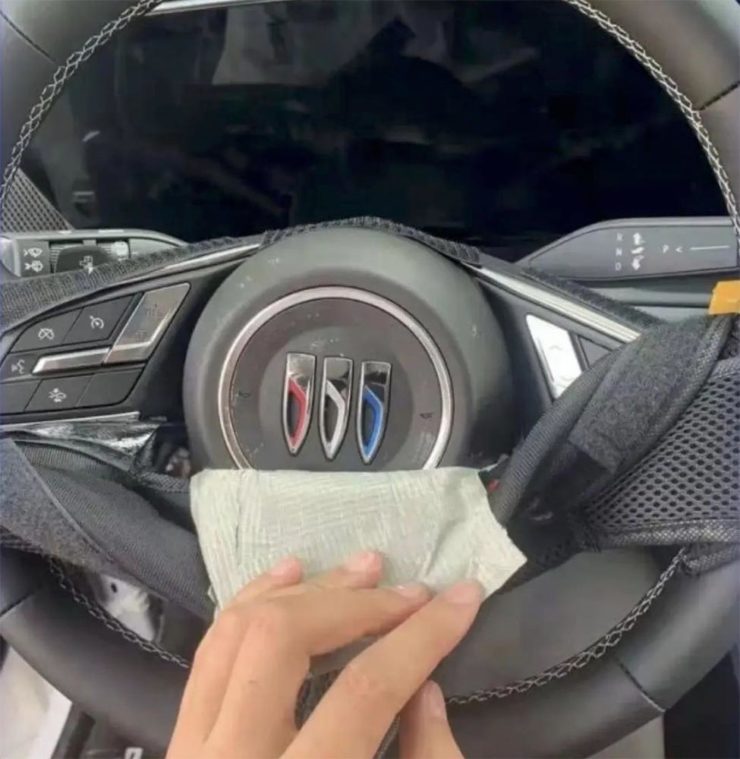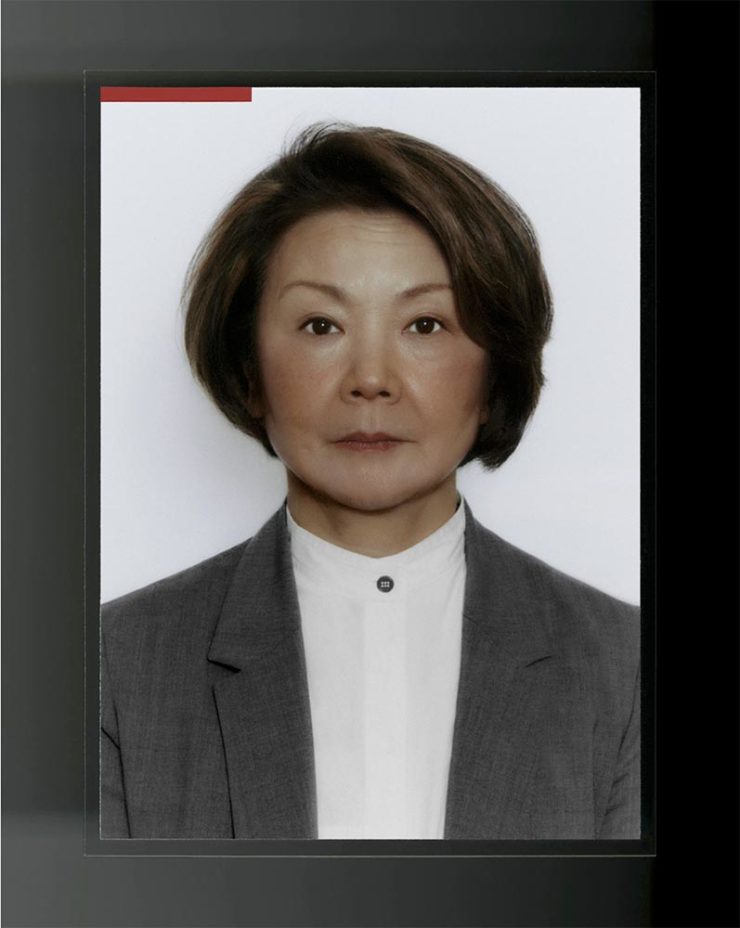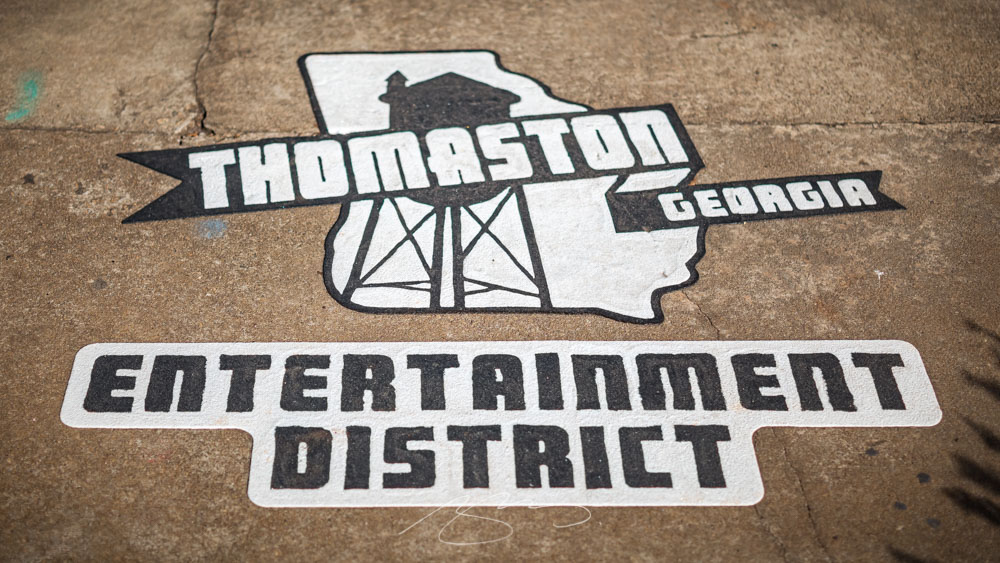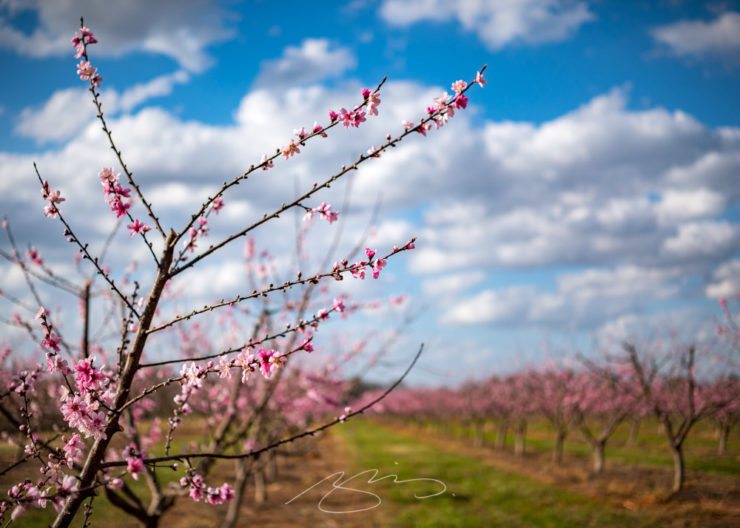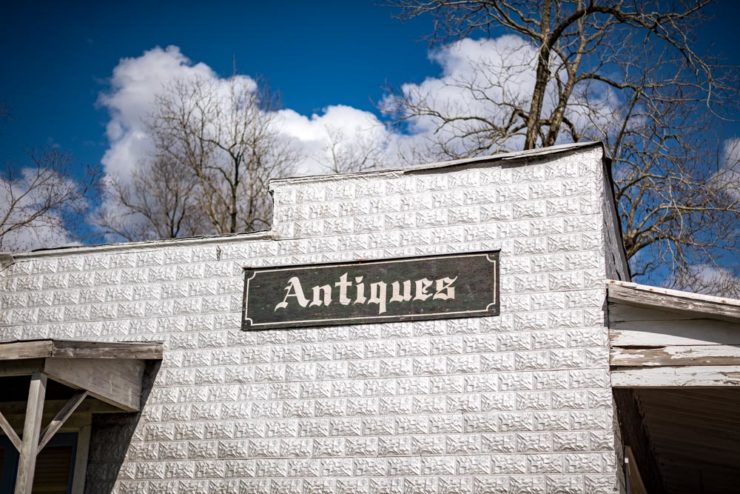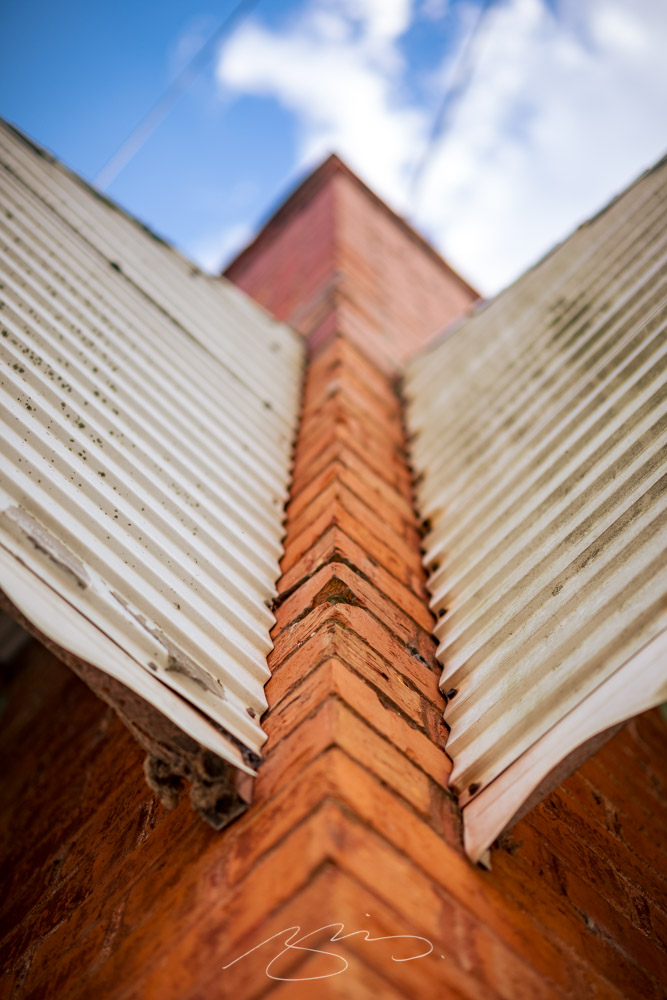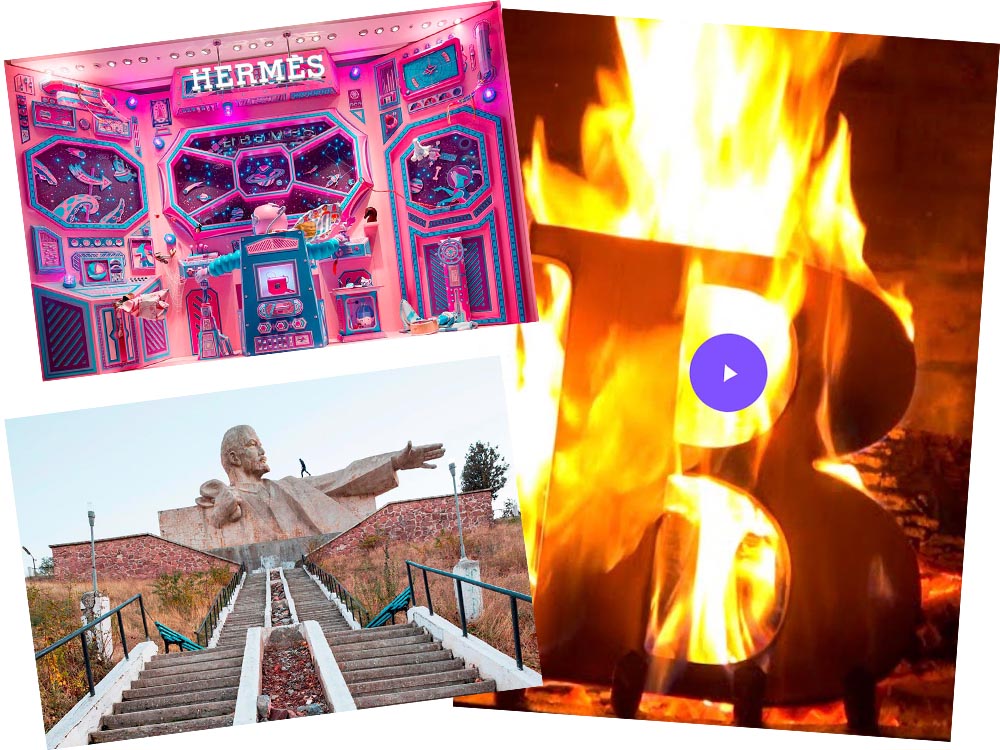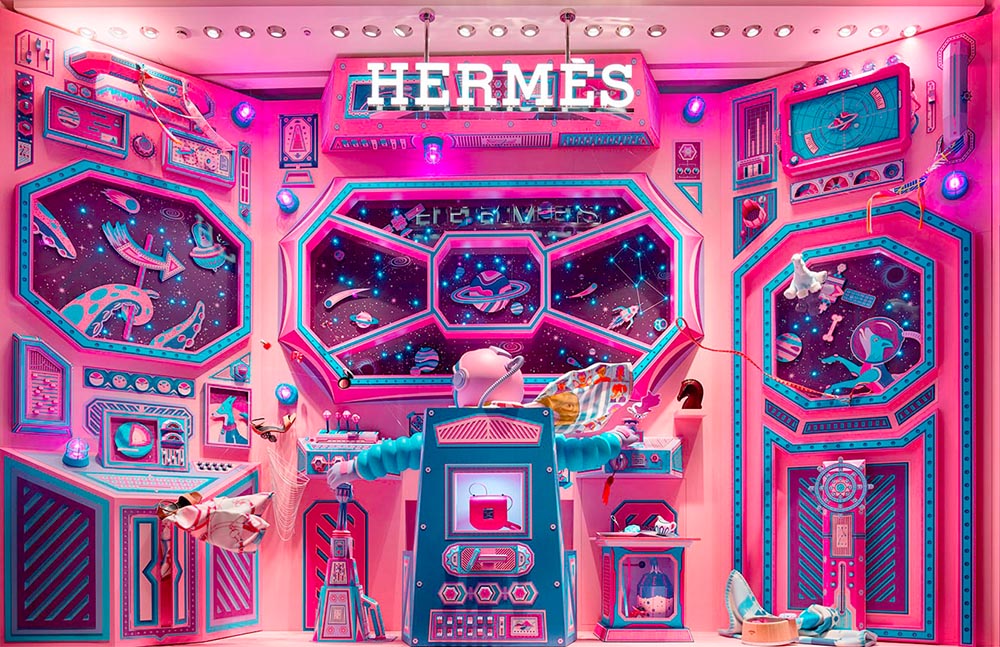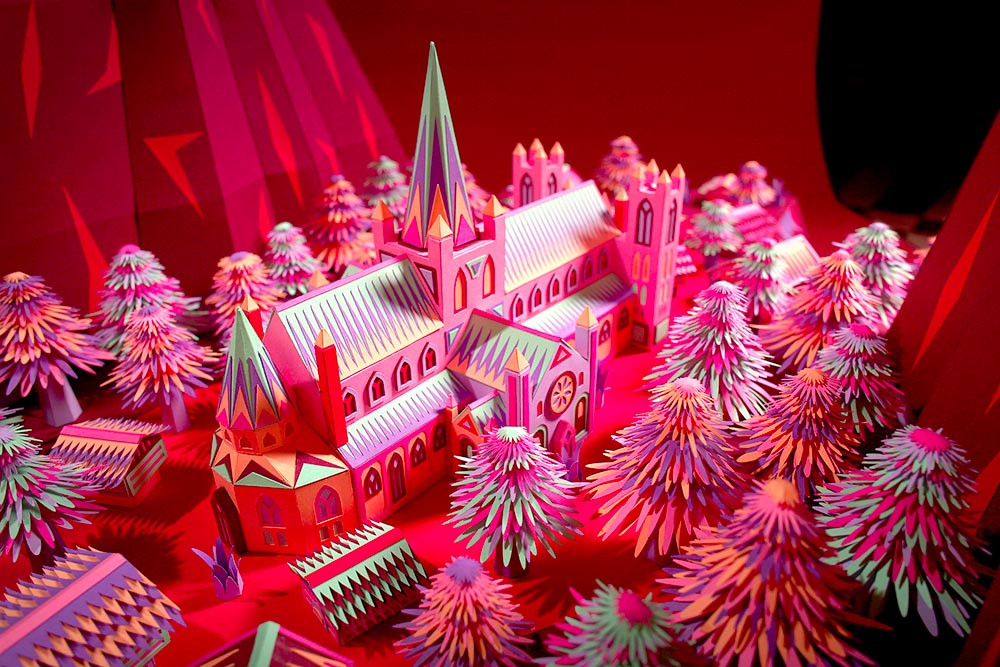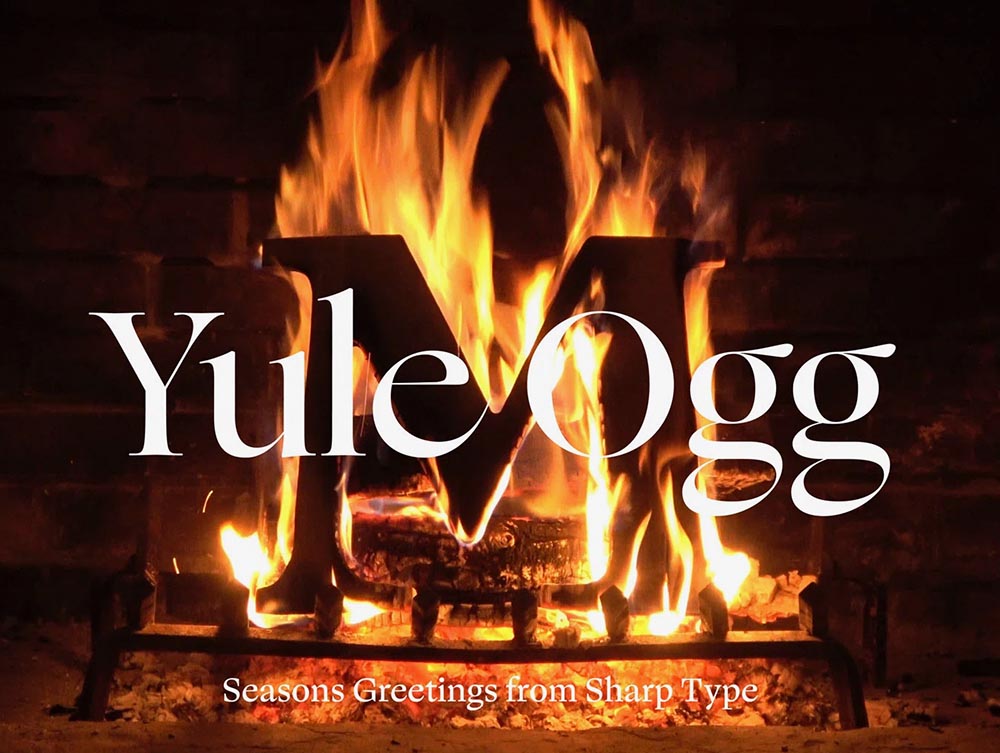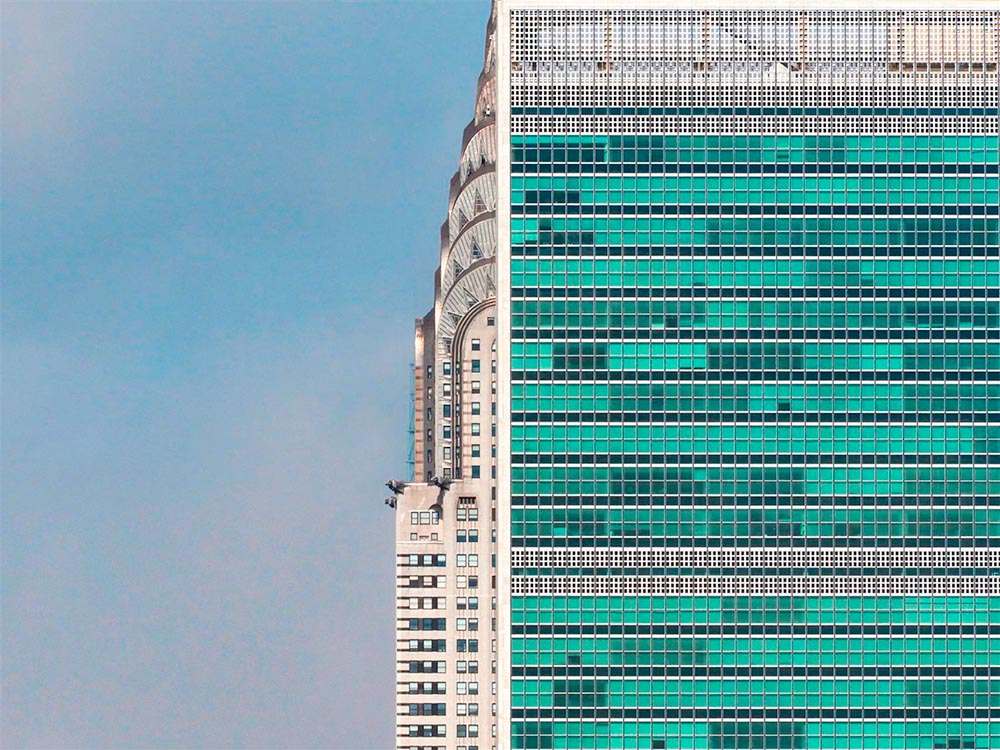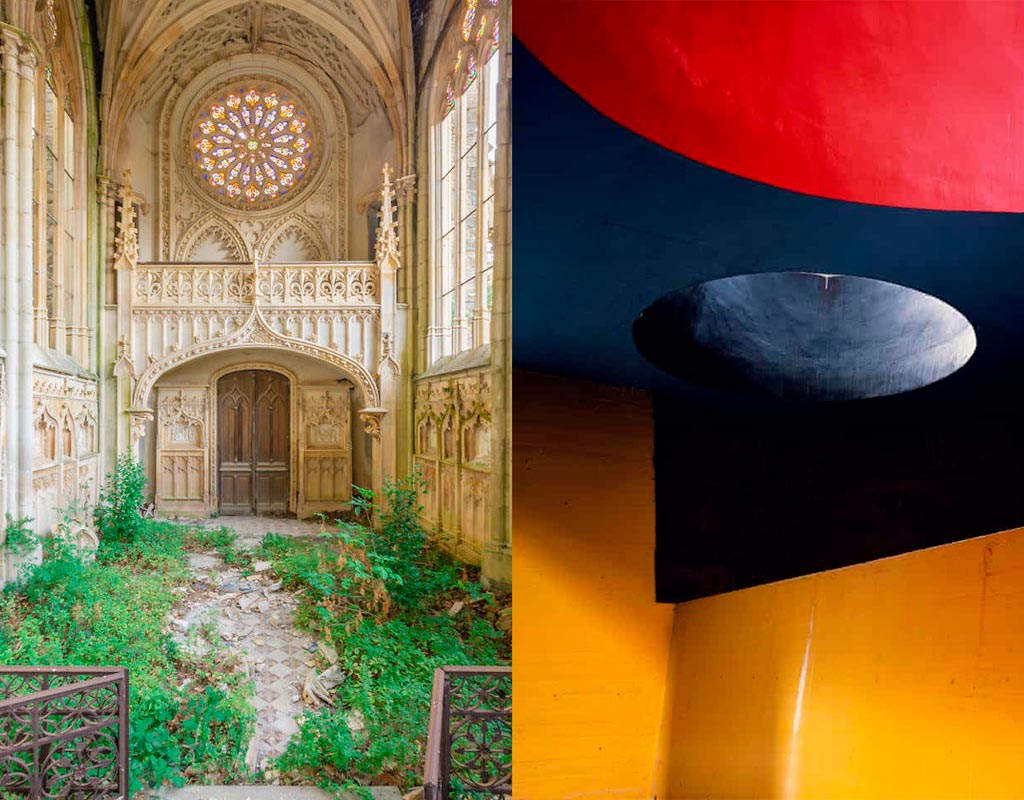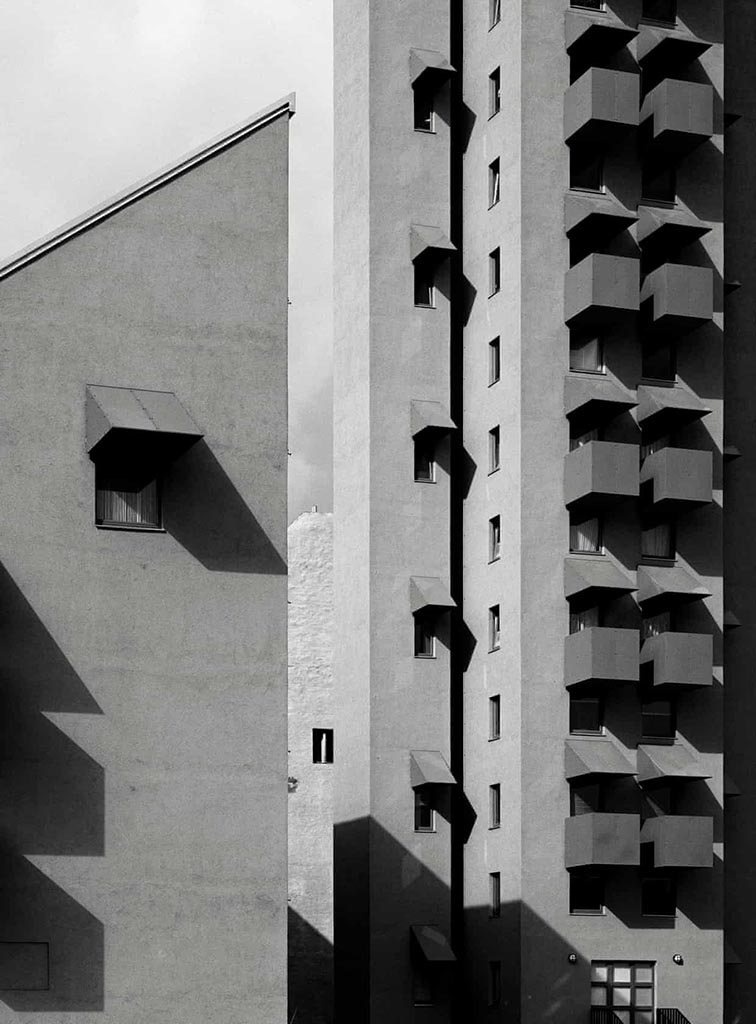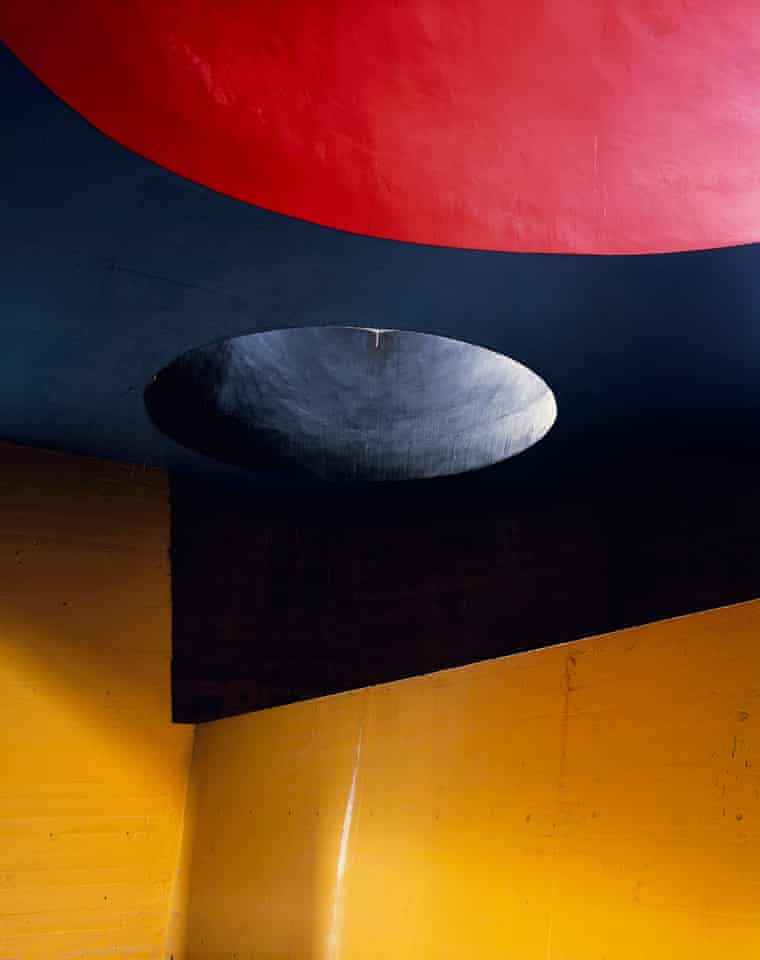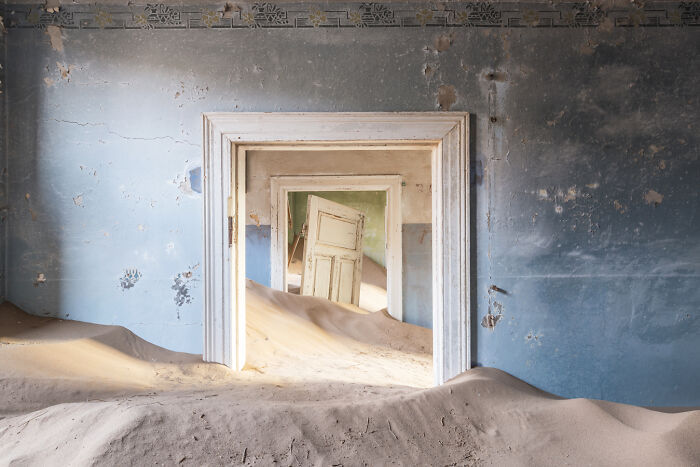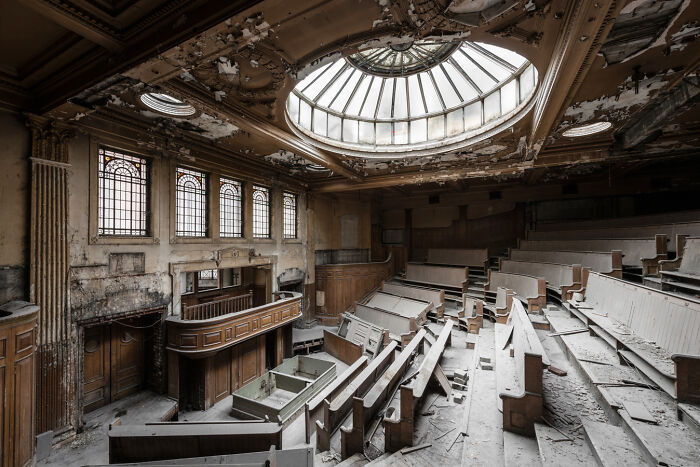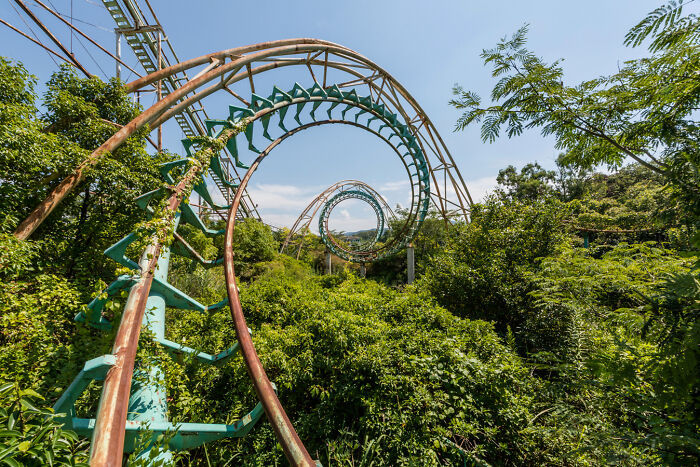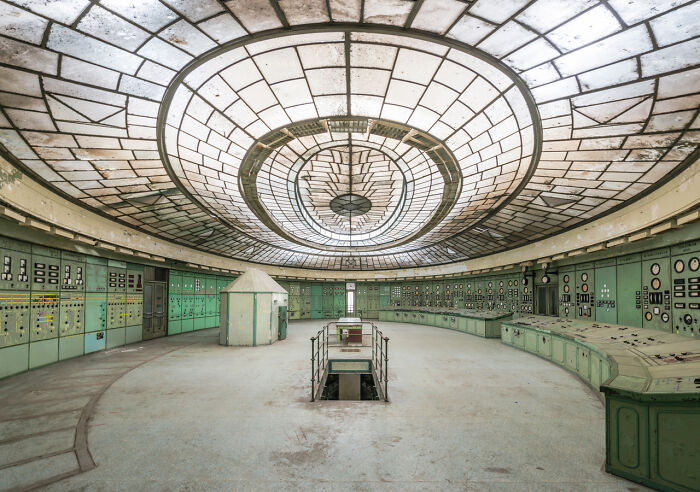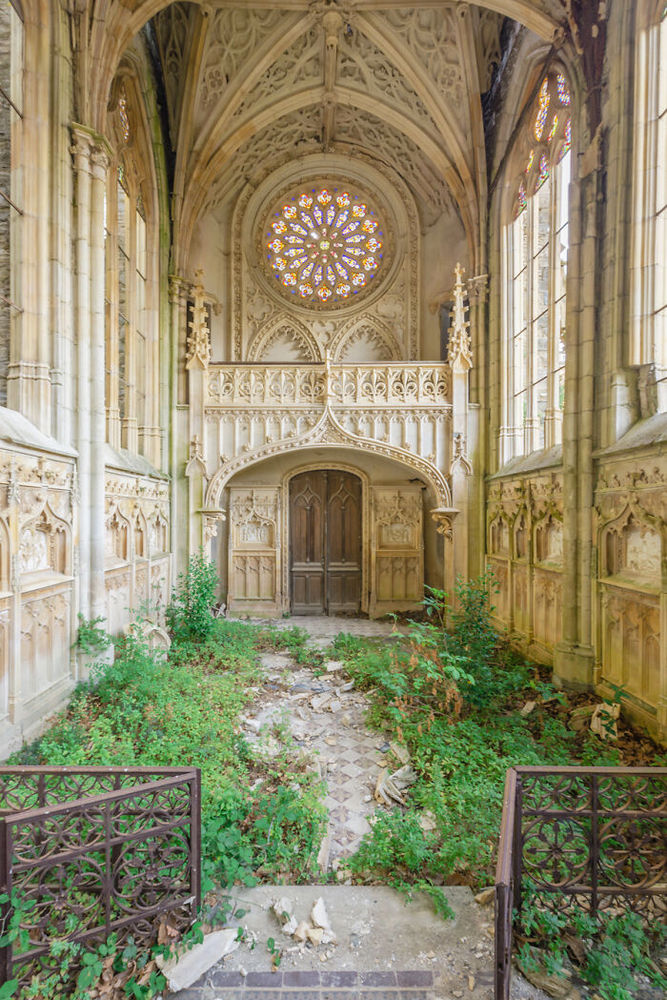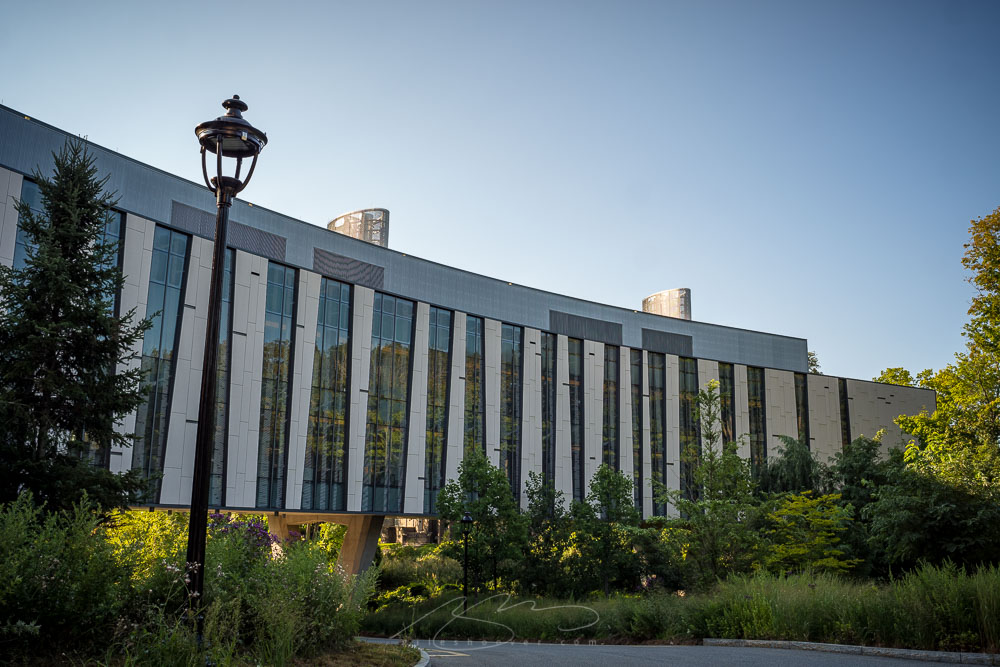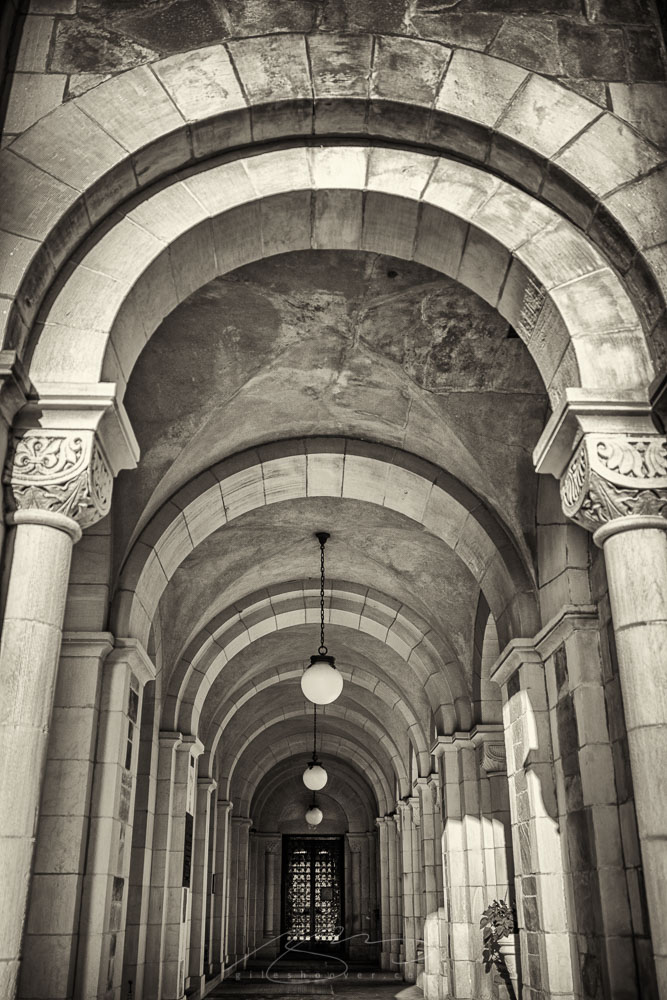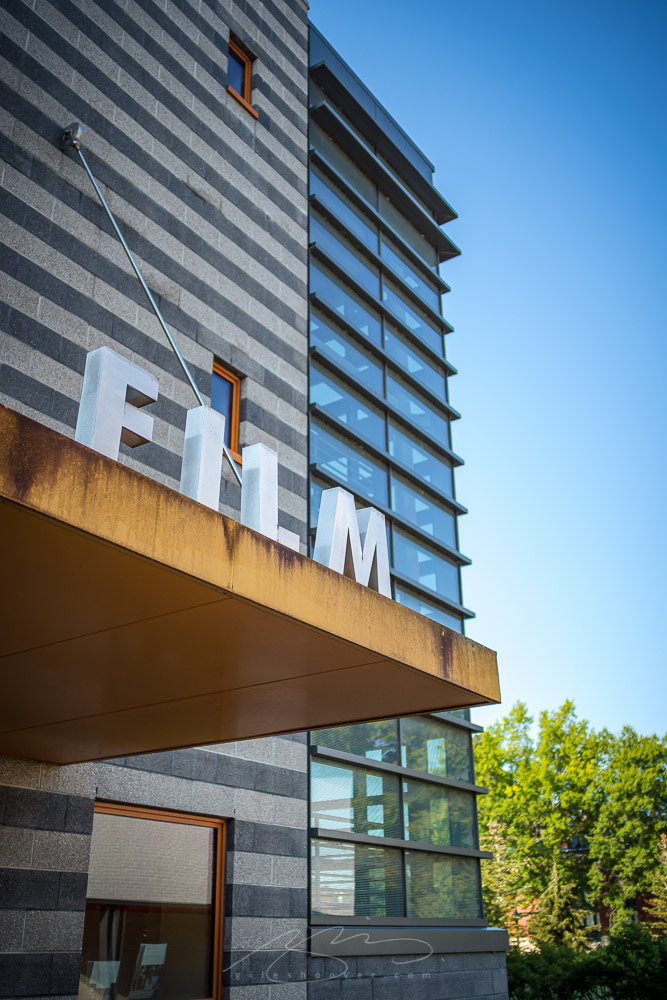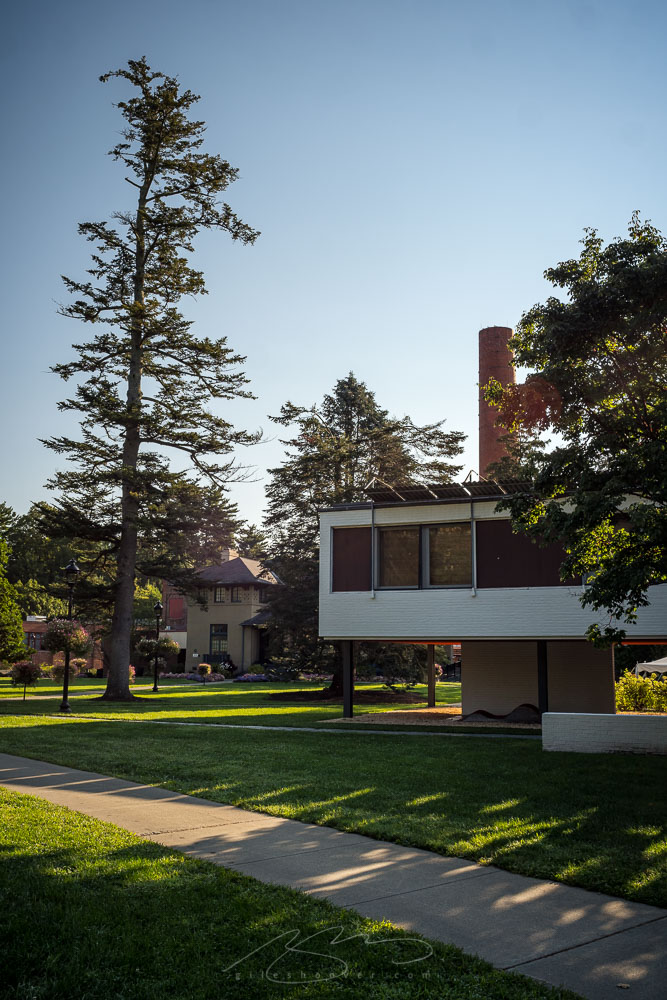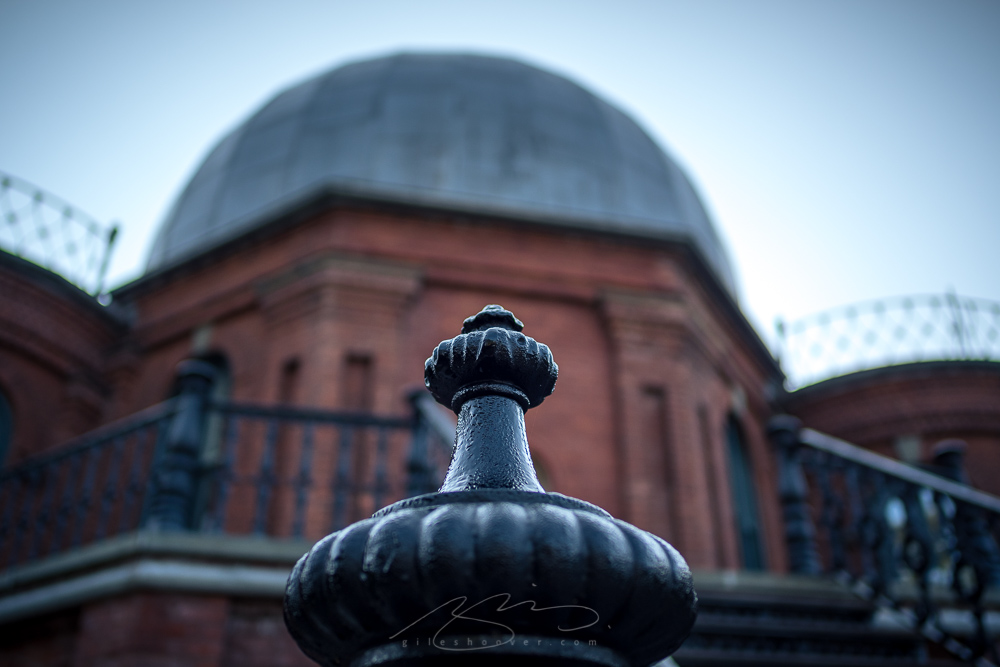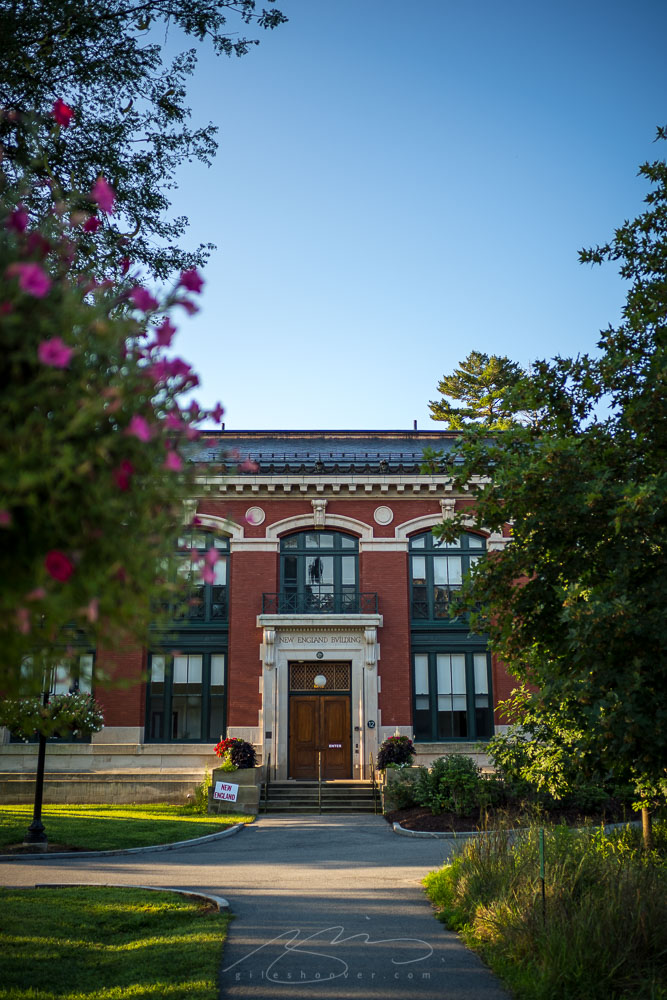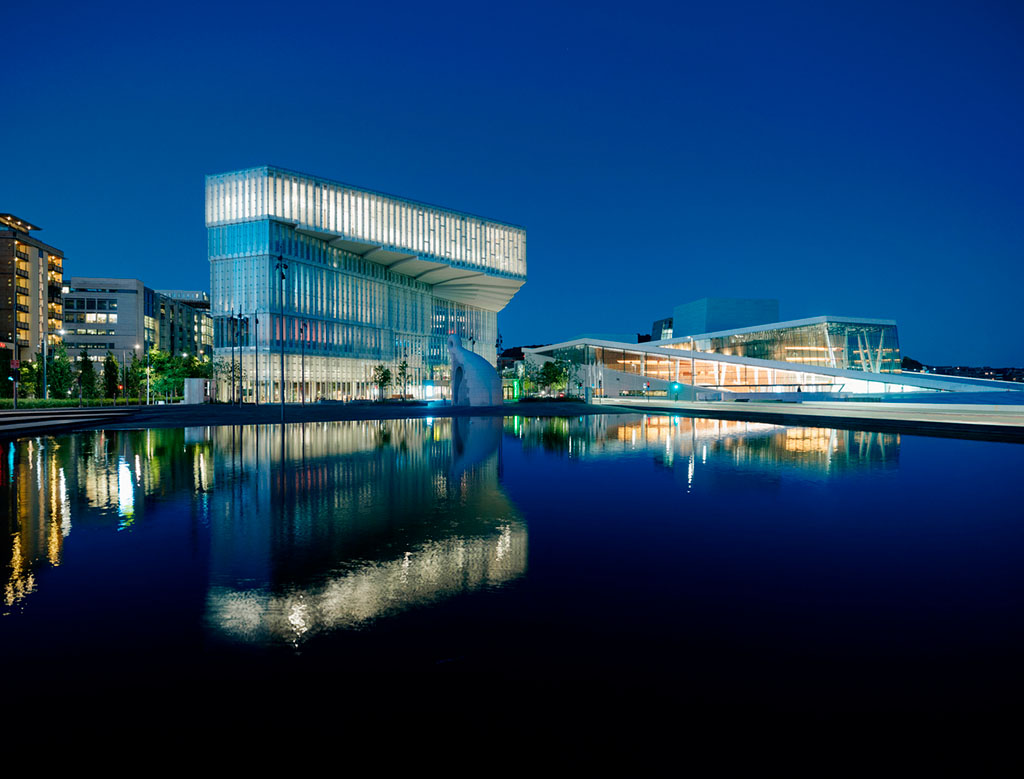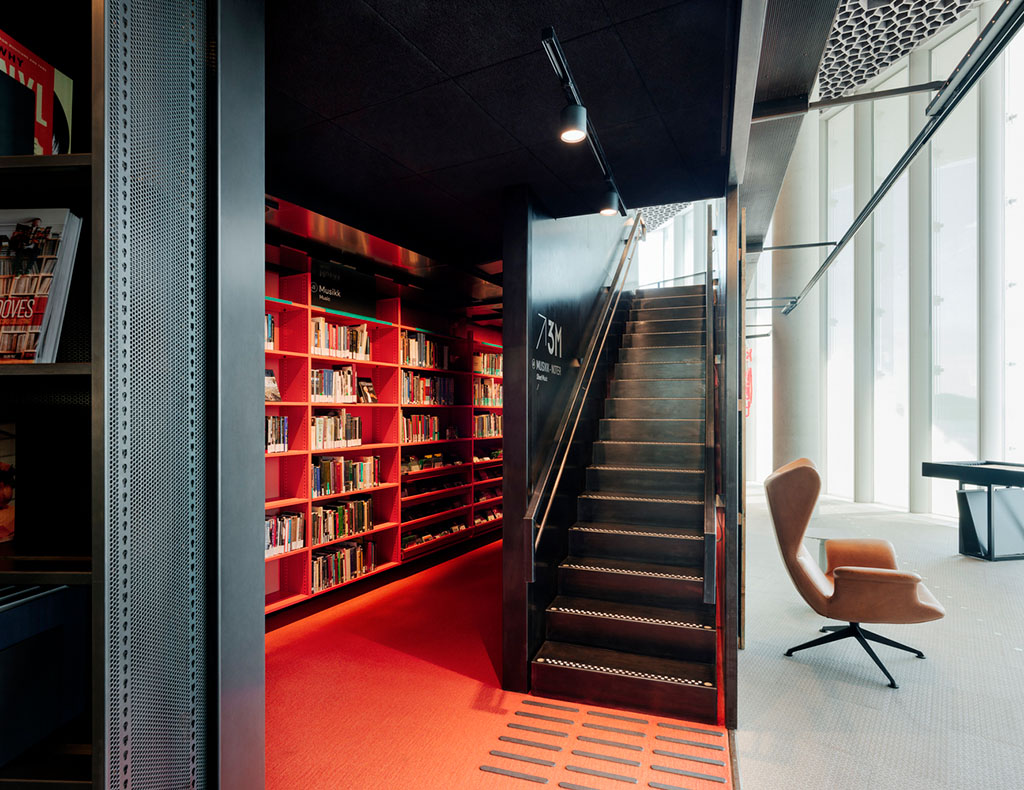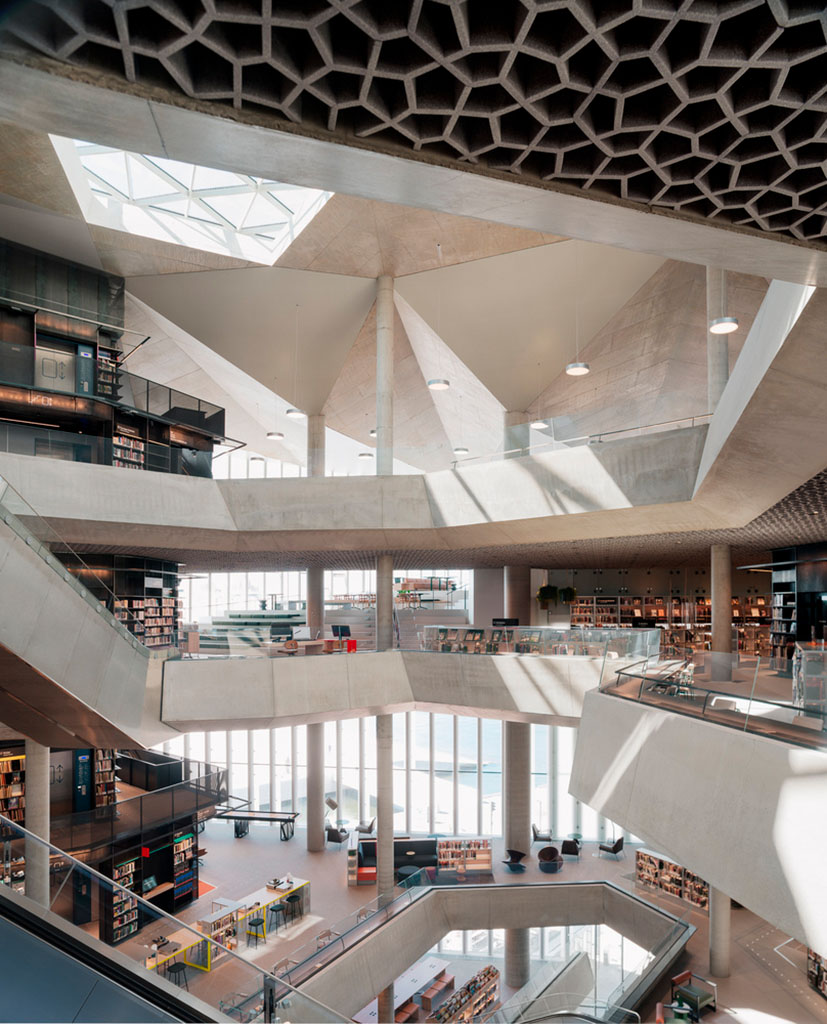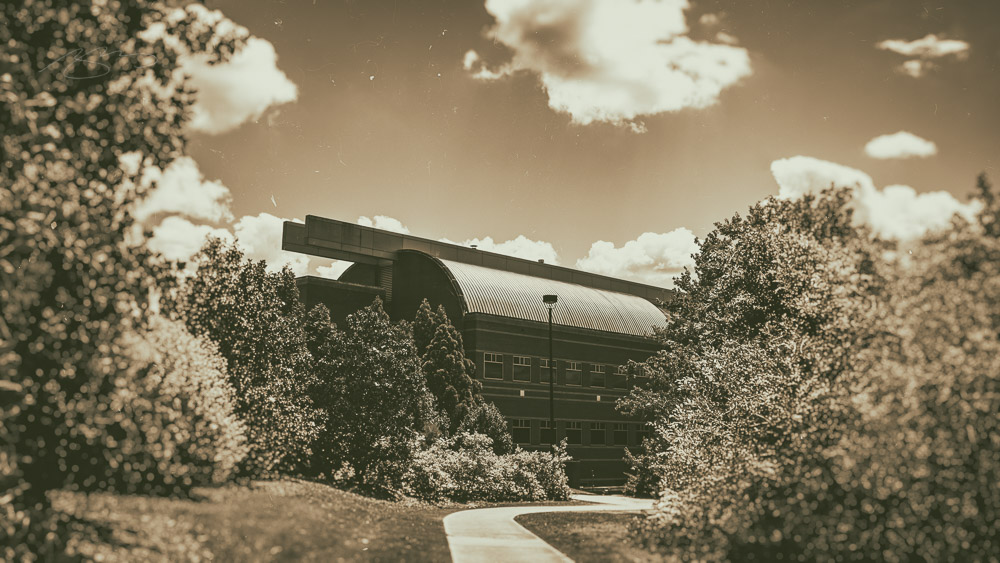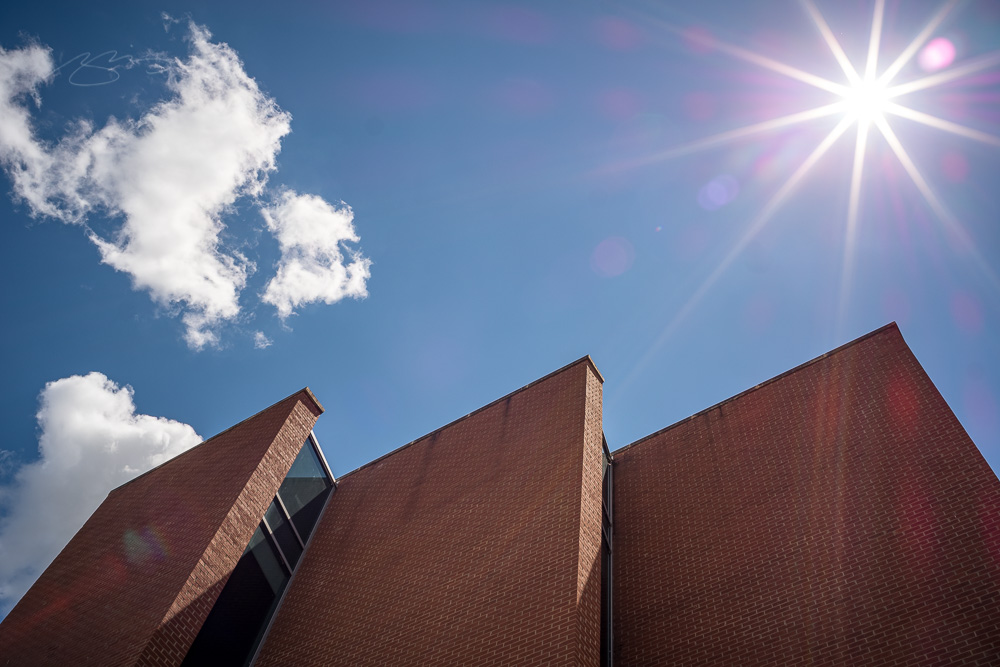This edition discusses new type, mergers and items set free, and visits with both some photo contest winners and winning poster designs. (And if you haven’t seen my annual Favorite Book Covers post, keep scrolling.) But first…:
Former President Carter
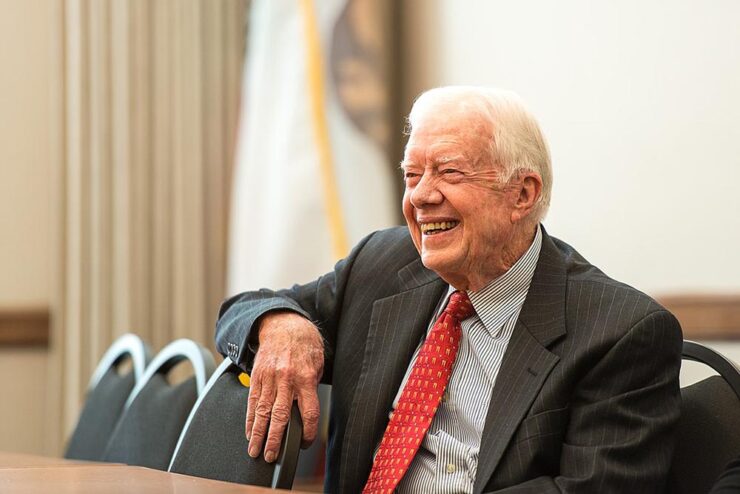
One of the strongest voices of reason left us on December 29th, 2024: former President Jimmy Carter. He’s the first president I actually remember, and one of the things I’ve appreciated about recent years is the growth of his stature from undeserved fill-in-label-here to treasured humanitarian.
I’d like to share a couple of items that are meaningful to me. First is his commitment to Habitat for Humanity — and not only as a speaker and fundraiser, but someone who contributed by actually swinging a hammer:
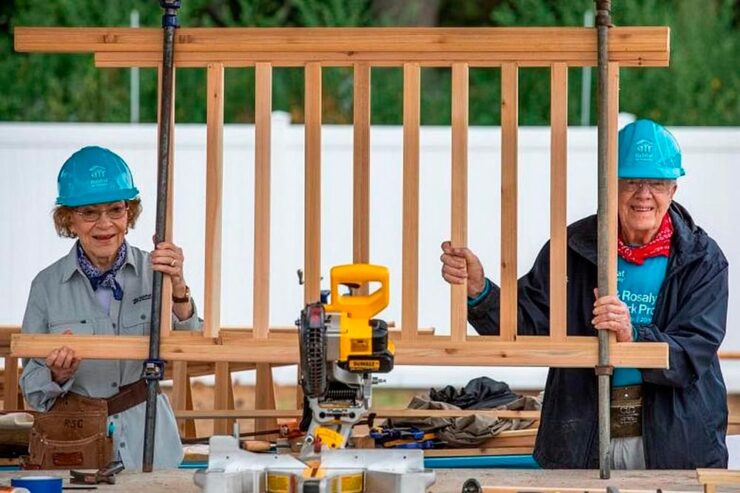
Into their 90s and still working. Take it from David Letterman:
While we’re on the subject of David Letterman, this September, 1993 appearance shows both humanity and humor:
Another quick item is this 60 Minutes tour of his office — something that always speaks volumes about a person:
Plains, Carter’s lifelong residence, is a frequent sojourn for me, and a recommended way to both experience rural Georgia and learn more about his roots. (I had always intended to attend one of his regular Sunday school lessons and regret not having made the time.) Visit when you have the opportunity.
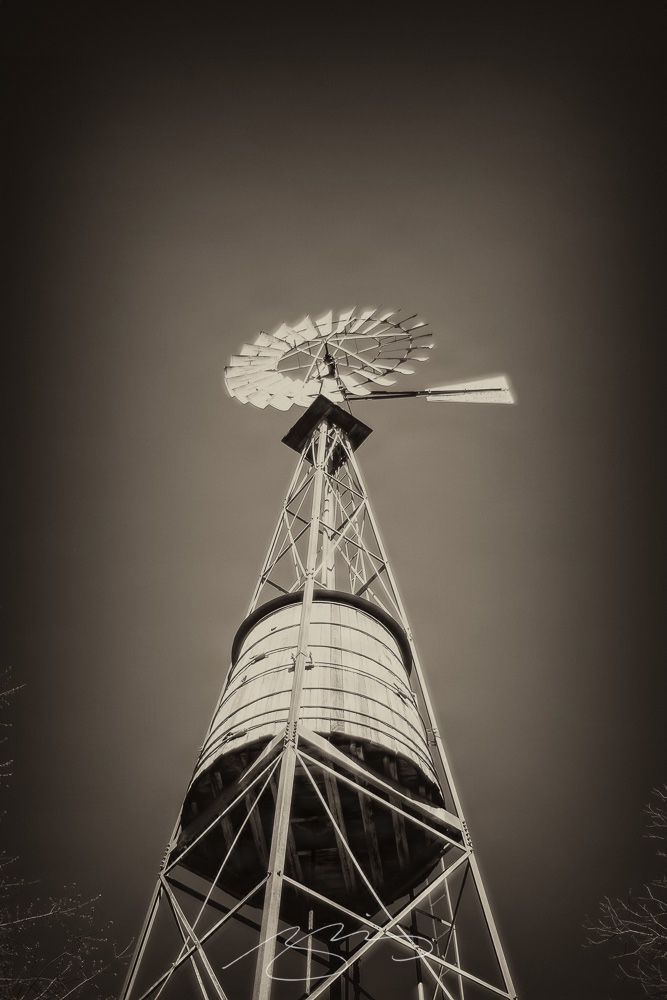
May your influence of peace continue for another lifetime, Mr. President.
New Type of Year
Creative Boom brings us their roundup of new typefaces for January, and a couple caught my attention:
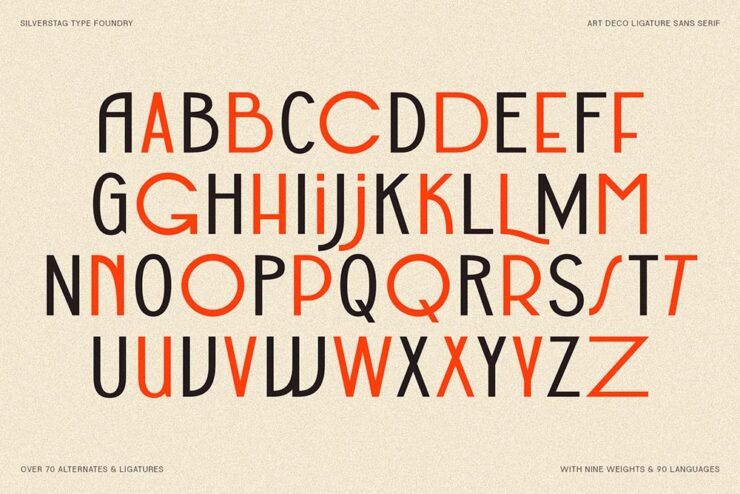
SLTF Bergamot Grotesk, an Art Deco-style, all caps headline face is a striking new option from Silverstag. This is trendy, of course — Art Deco is in — but timeless at the same time, and something I hope I have an opportunity to use.
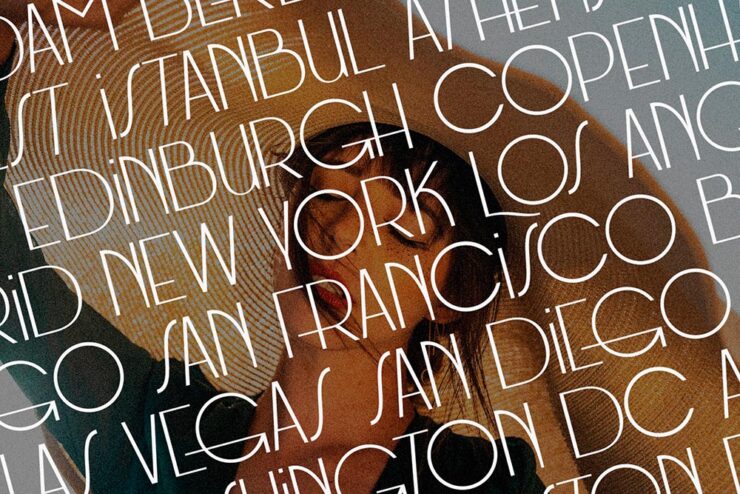
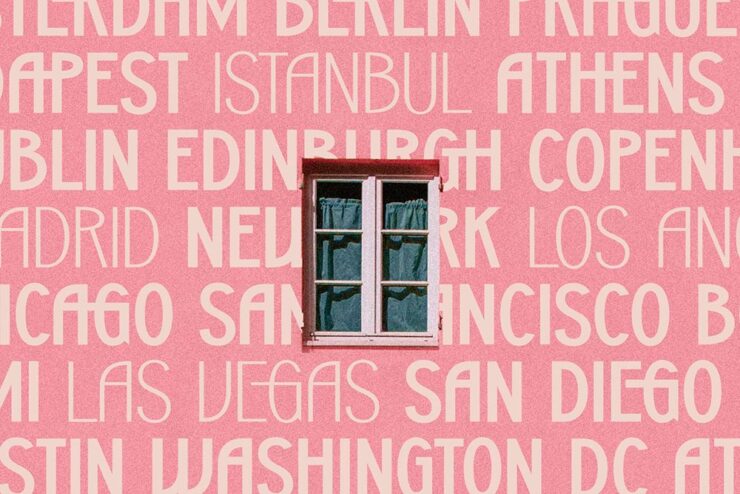
Another is a new version that’s instantly a beautiful classic, Milla, hand-developed and a joy to look at:
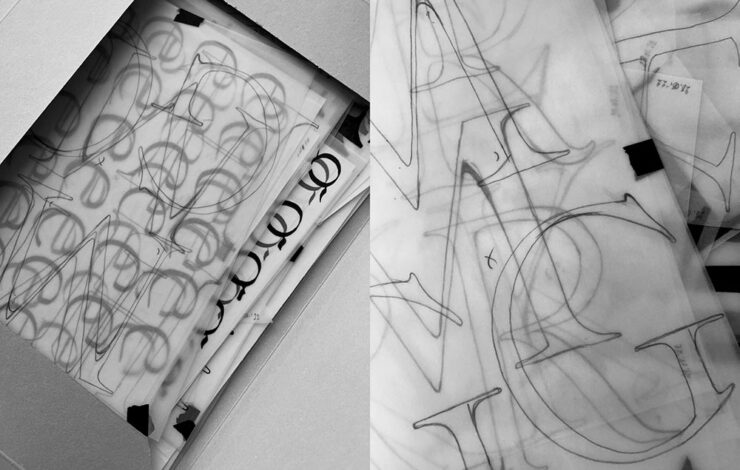
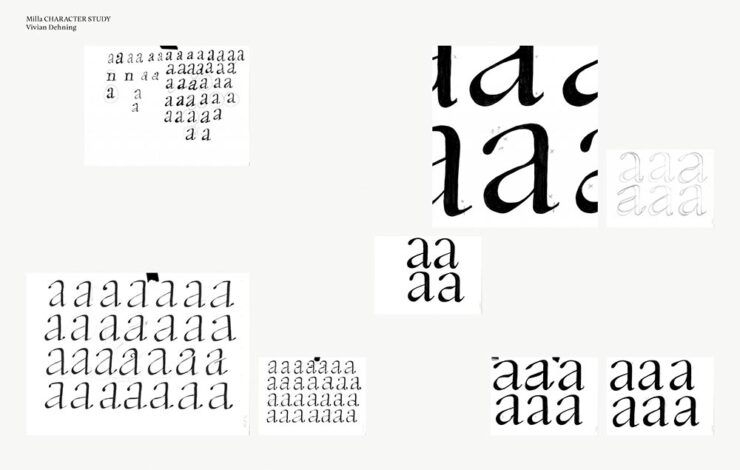
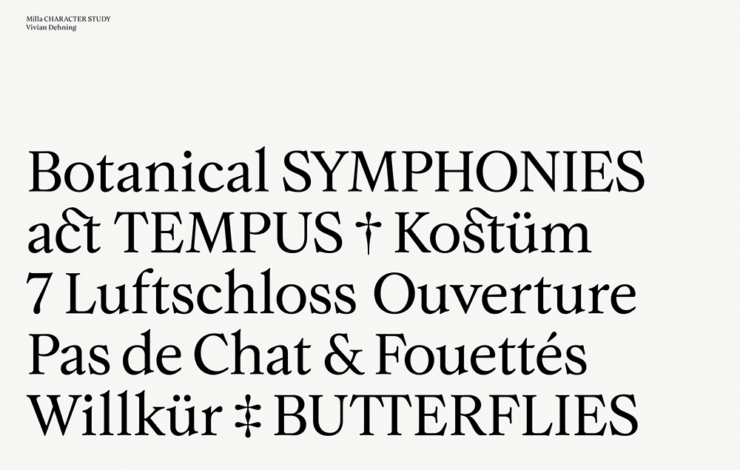
Hoping for the perfect book project for this one.
Mergers … and Freedom
If you’ve not heard, Getty and Shutterstock have proposed a merger. This is, put simply, both understandable and … not good.
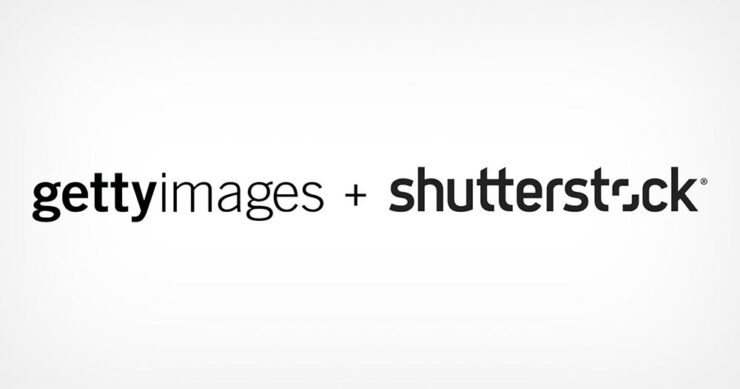
PetaPixel covers both the announcement, with the usual words from the greedy types CEOs, and a history of both companies and their role in how we got here. This is perhaps the most relevant, however:
The rise of artificial intelligence has likely played a role in the merger; the combined assets of Shutterstock and Getty are a treasure trove of training data for AI companies. However, while AI licensing deals are an opportunity, it could also be an issue for stock photo companies as customers may decide to use AI image generators like Midjourney or DALL-E rather than pay for individual pictures.
— Matt Growcoot, PetaPixel
For the record, I completely agree with PetaPixel‘s Jason Schneider when he opines that it’s “yet another step in a race to the bottom.” The deal could possibly attract antitrust notice from the U.S. government; here’s hoping.
But it’s also hopeful — and slightly wonderful — that it’s new year, which means a new crop of items are now freed from the constraints of copyright. Kottke lists some of his favorites, and points us to a fantastic post from Duke University’s Center for the Public Domain, which has lists and links aplenty. (My favorite: Tintin.)
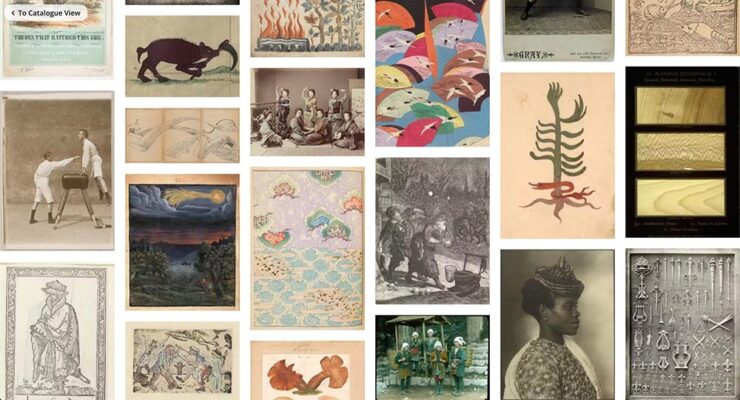
But there’s more: This is Colossal points us to a new resource for items in the public domain: the Public Domain Image Archive, from the Public Domain Review, which hosts more than 10,000 images freely available to use, reuse, mix, or whatever. Awesome.
Couple of faves:
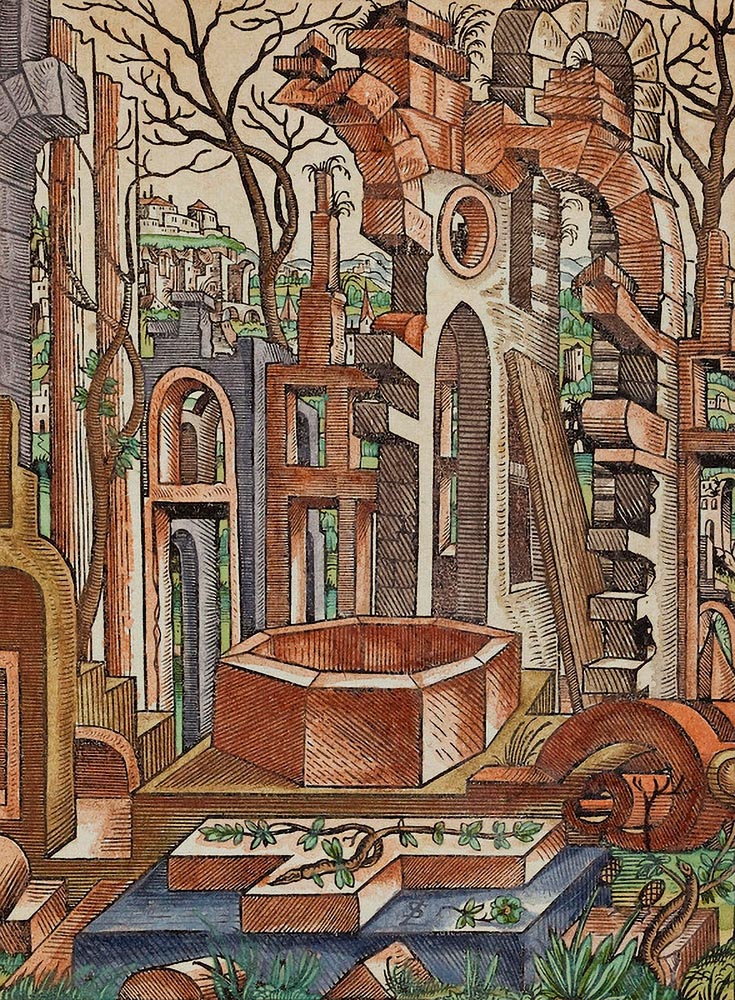

Another NASA image is in the header, and we’ll see another from them in a minute.
Meanwhile, Public Domain Review also has a list of items copyright-free as of the new year; check both resources — and use some newly-available items to your heart’s content.
Special Bonus #1: This is Colossal, in 2016, also pointed us to another collection of freely-available items, this time from the New York Public Library. Great stuff.
Special Bonus #2: In a three-fer for This is Colossal, they also highlight a new campaign from the U.S. National Archives asking those who can read cursive — no longer a requirement in school, a completely daft decision we’ll leave for another time — to contribute some time translating historical items. (And that’s not all you can do.) Become a Citizen Archivist today.
Get Lectured
No, not me: Archinect (previously) highlights their favorite architecture school lecture posters from Fall ’24, which I somehow didn’t mention. A couple of favorites:
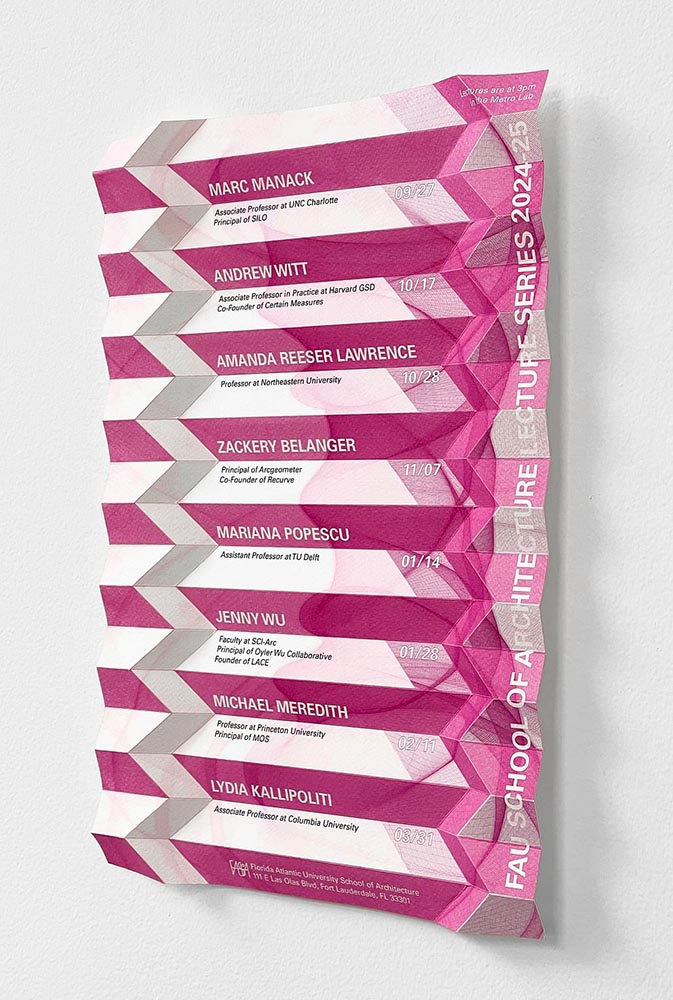
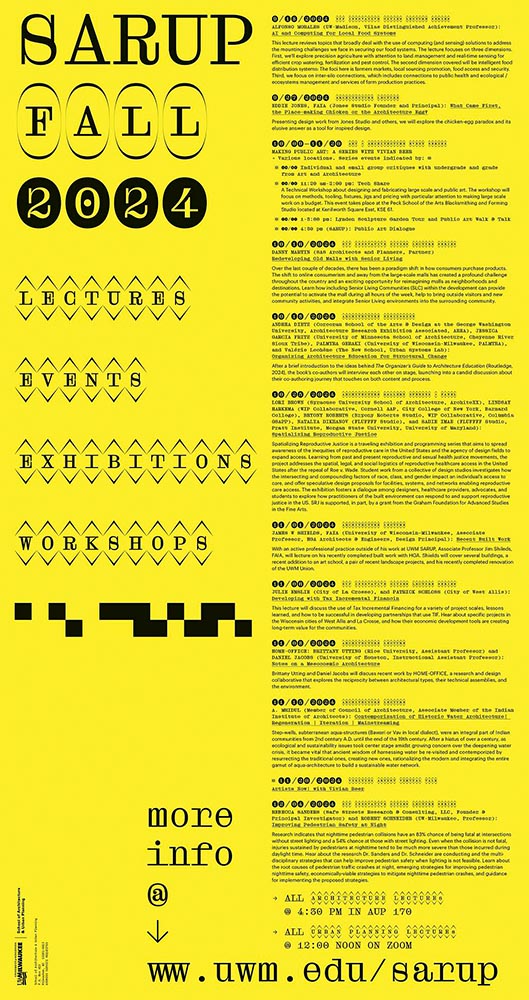
The new year is off to a good start, too:
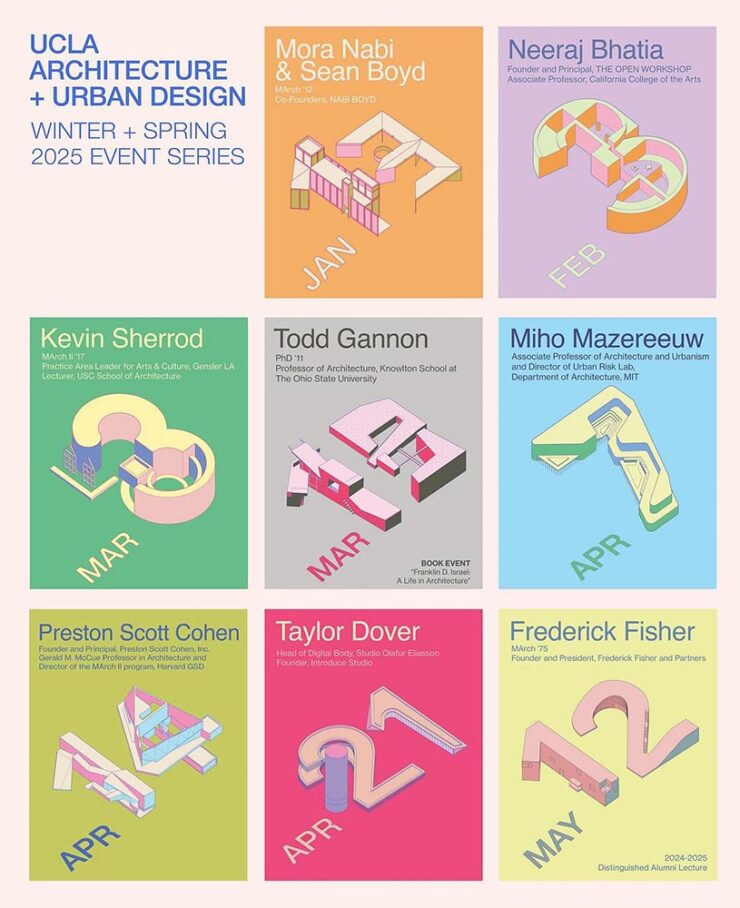
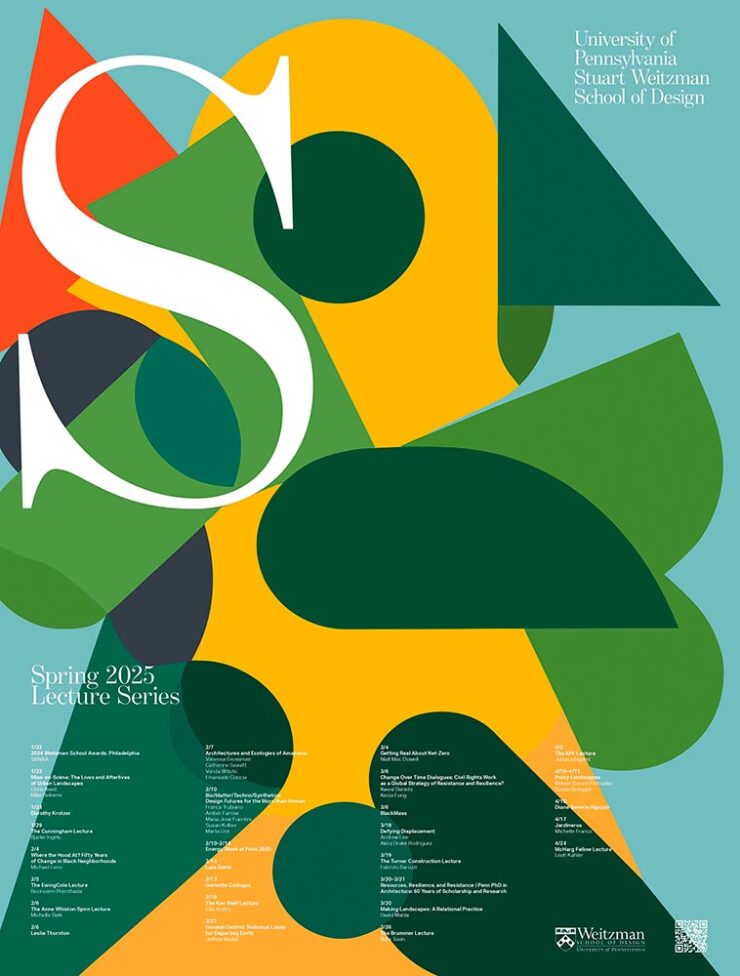
UPenn’s fall ’24 poster is in the same vein and also rocks. Check out all the winners — and watch this space for more.
Winning Photography
I’m threatening to get a Raspberry Pi — the ol’ fashioned ad-blocker route is less and less effective, and a more robust alternative may be added — and was interested in this PetaPixel story about the desktop photos the system uses as standard: “[w]alking through a train station in New Zealand, Greg Annandale looks up to see his photo on an information screen. The Raspberry Pi computer powering the board has gone back to the desktop wallpaper which Annandale shot of a road in Iceland.”
That would be this one:

Couple of others:


Good stuff. Check out his website for more, and see the whole Pi here.
Next, I promised NASA would put in another appearance. How’s this:

In what Ars Technica senior space editor calls “the best picture ever taken from the International Space Station,” we have something special indeed. “In this image, one can see the core of the Milky Way galaxy, zodiacal light (sunlight diffused by interplanetary dust), streaks of SpaceX Starlink satellites, individual stars, an edge-on view of the atmosphere that appears in burnt umber due to hydroxide emissions, a near-sunrise just over the horizon, and nighttime cities appearing as streaks.”
Wow.
To round things out for January, we have a couple of photo contests whose winners caught my eye. We’ll start with The Society of Photographers and their photographer of the year 2024. My faves:
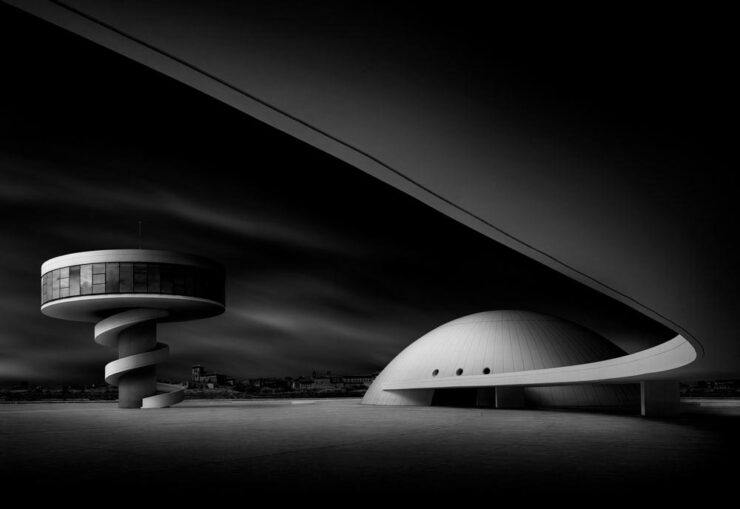
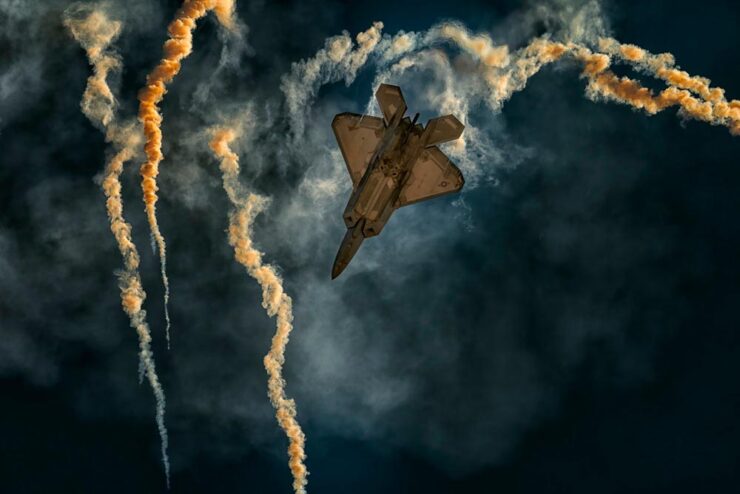
While I wish their selections were more extensively labeled and/or titled, it’s still awesome to see the raw talent highlighted with well-deserved accolades. See the PetaPixel story or the contests’ website for more.
Lastly, some life in the wild, courtesy of the UK’s Natural History Museum People’s Choice Award:
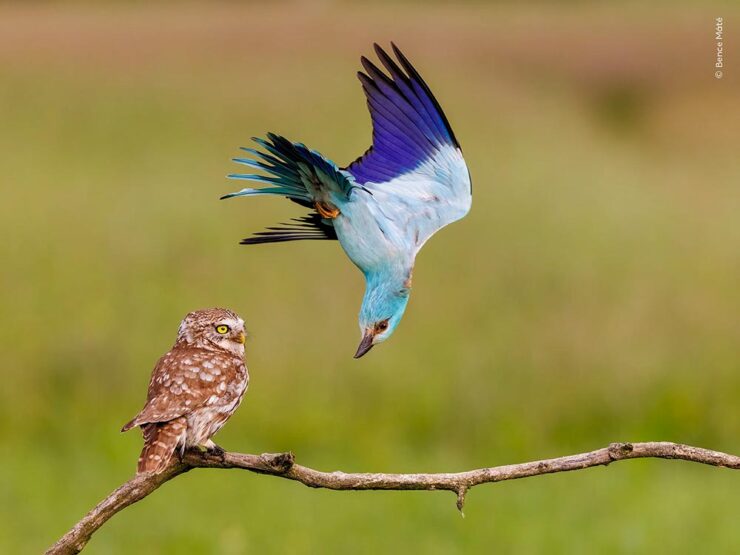
“Eyeing one another” fails to do this one justice. And then there’s the Villarrica volcano:

But it’s the patience of this shot that wins it for me:
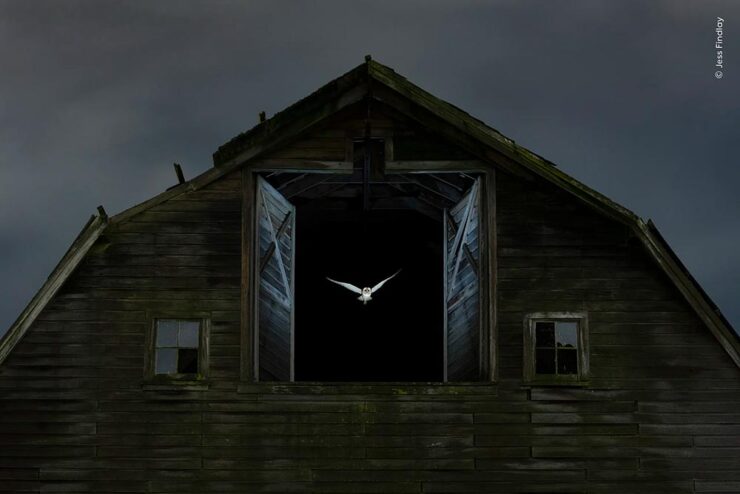
“Jess quietly watched the owl for several nights to understand its habits.
“He set up an invisible beam that would trigger a flash when the owl flew out of the barn. Simultaneously, a slow shutter speed gathered ambient light cast on the clouds and barn.
“On the tenth night, all the moving parts came together as the owl left to begin its hunt.”
The winner of this contest will be announced on February 5th. Check the website. (Via This is Colossal.)
See y’all in February.

